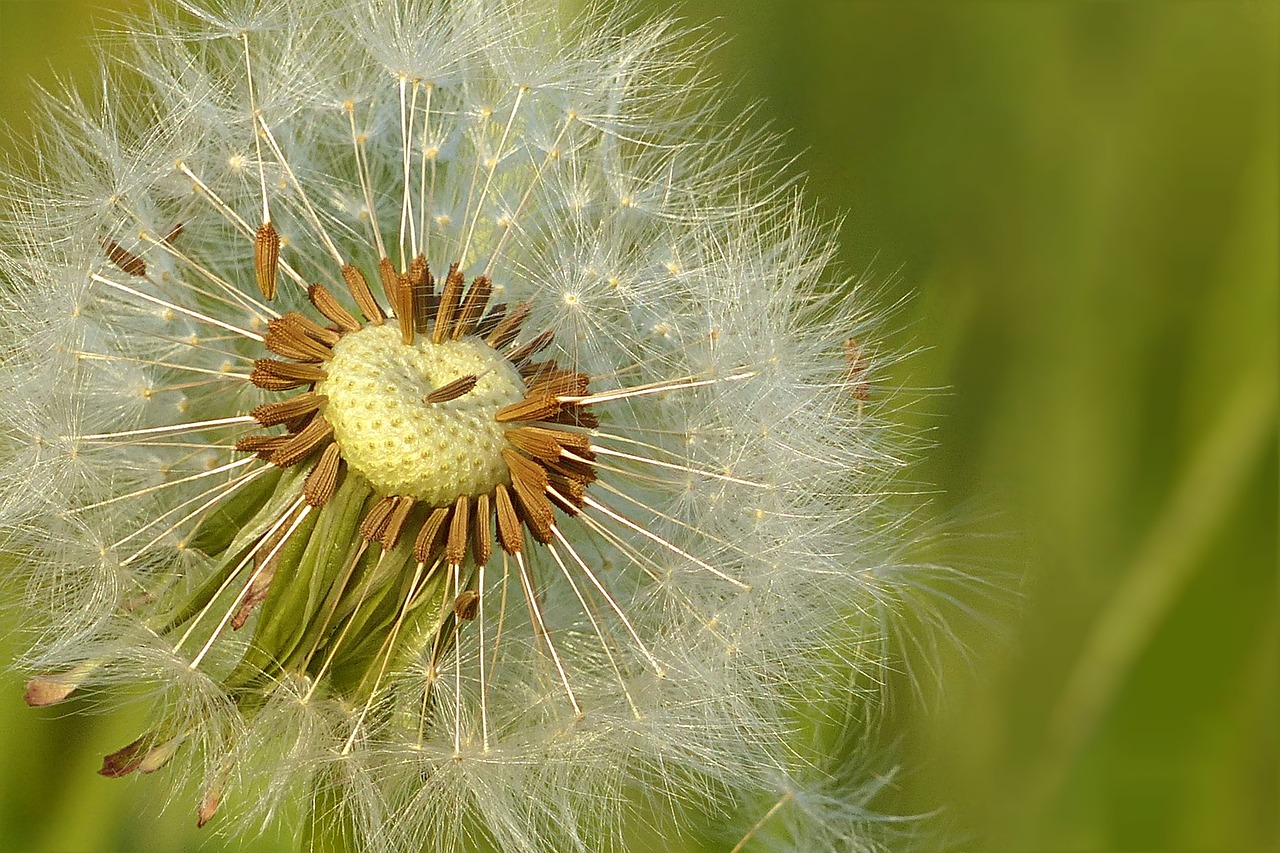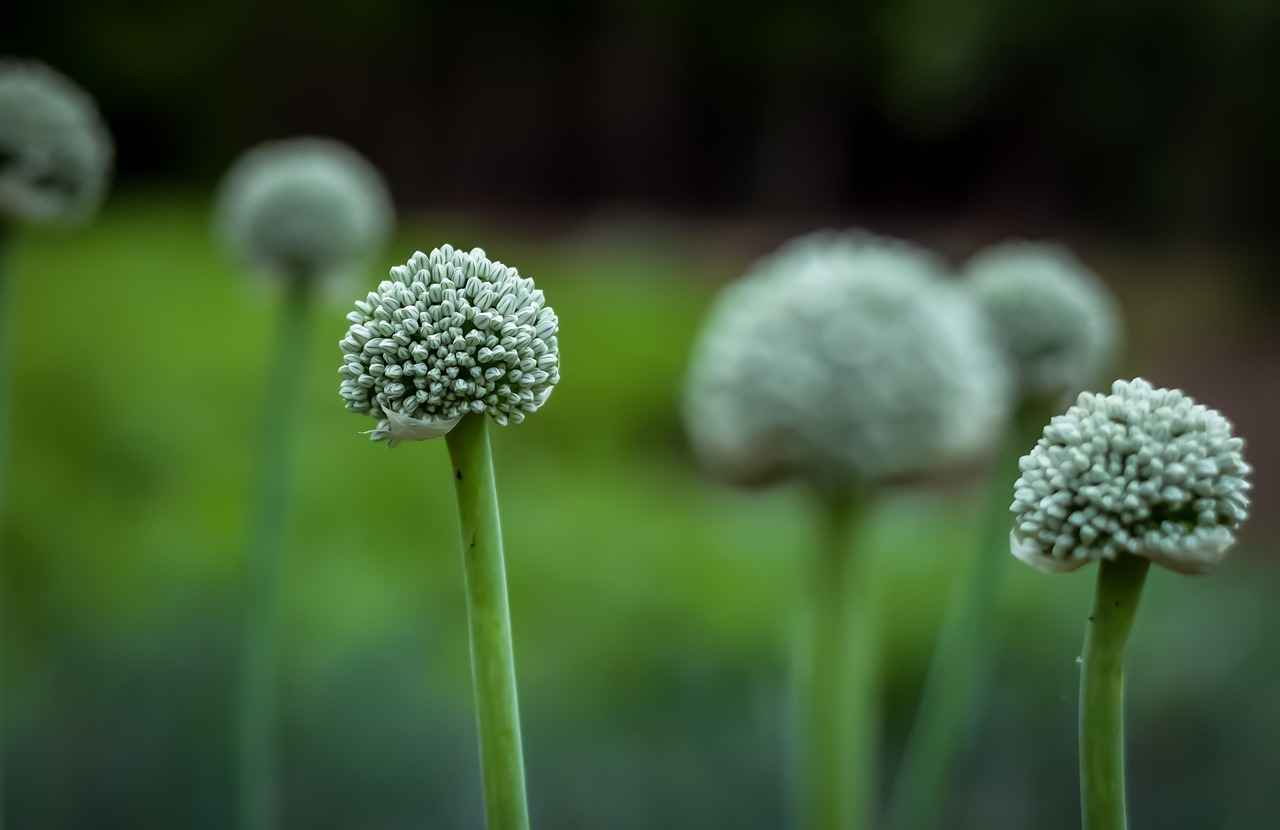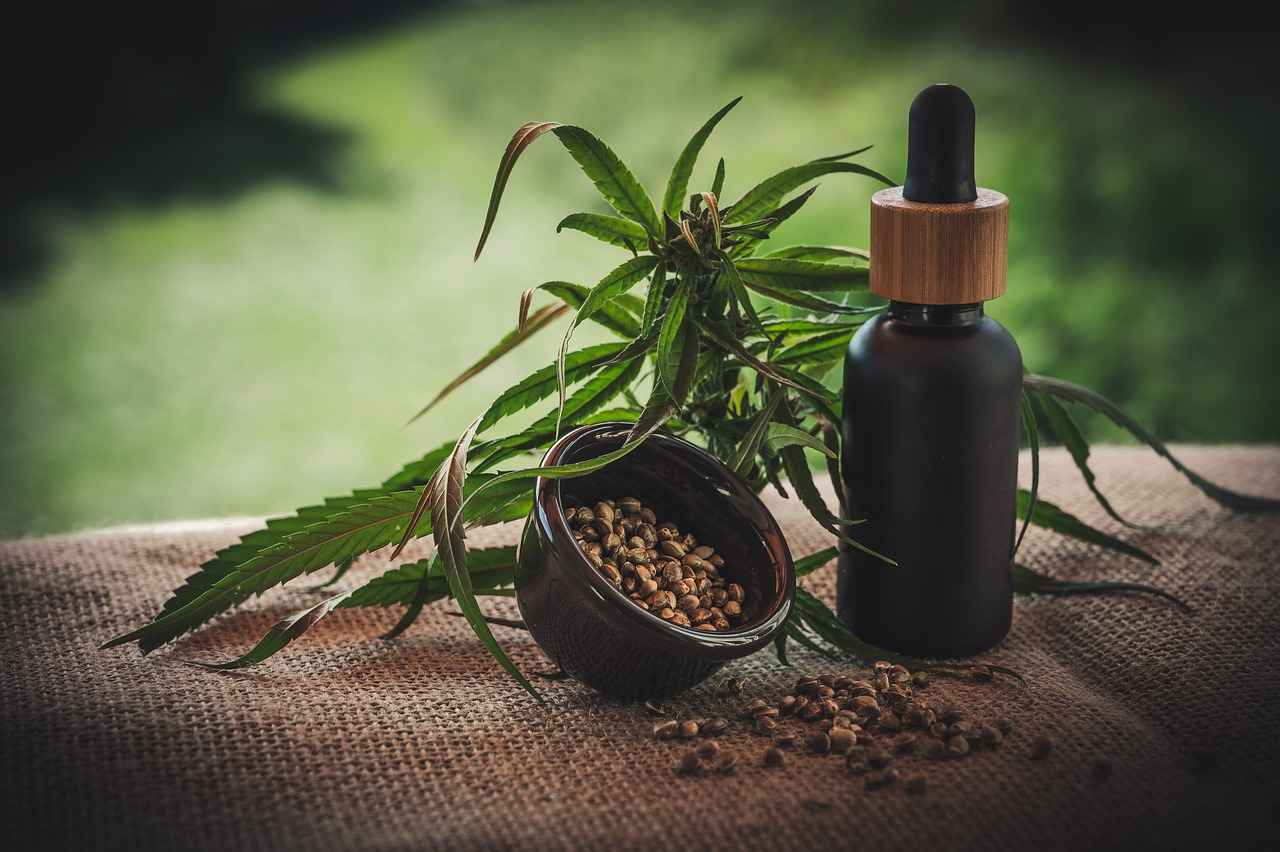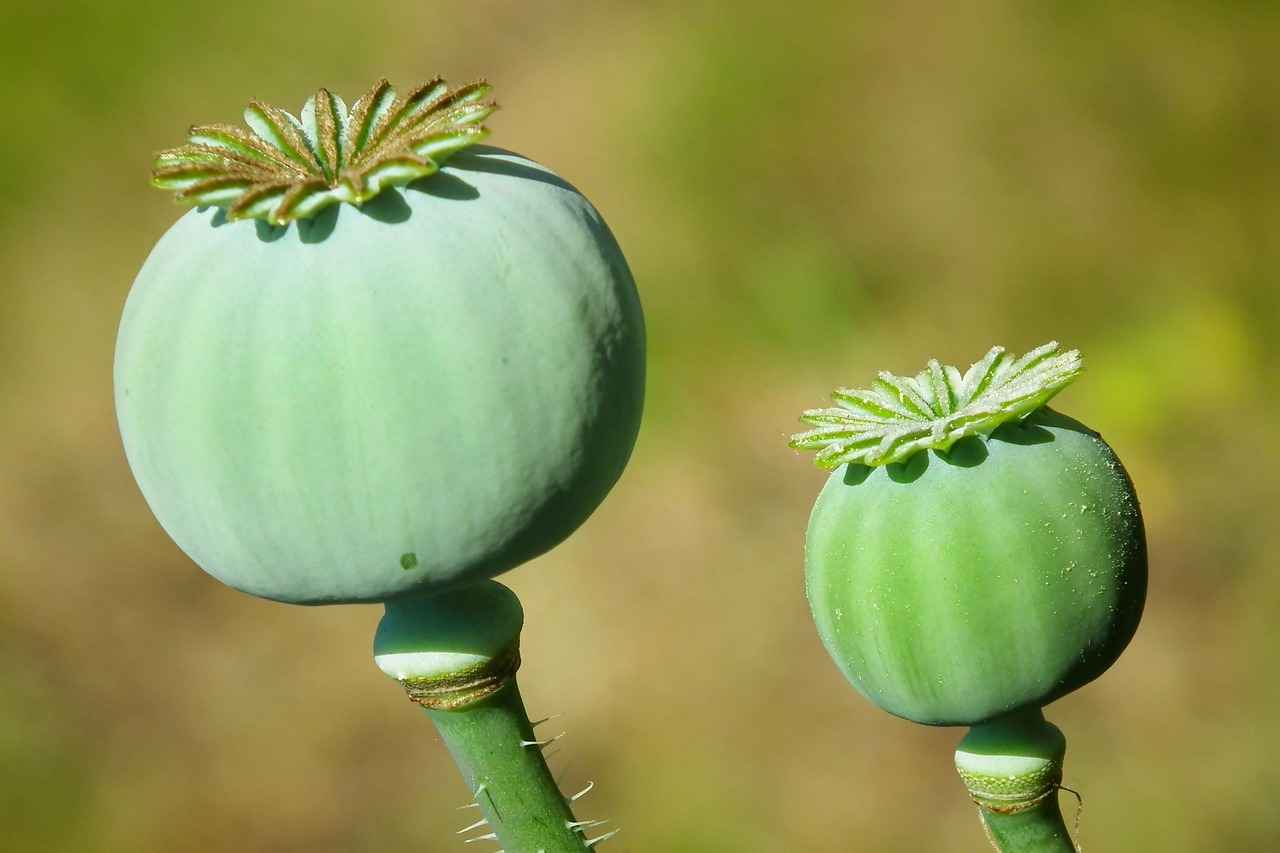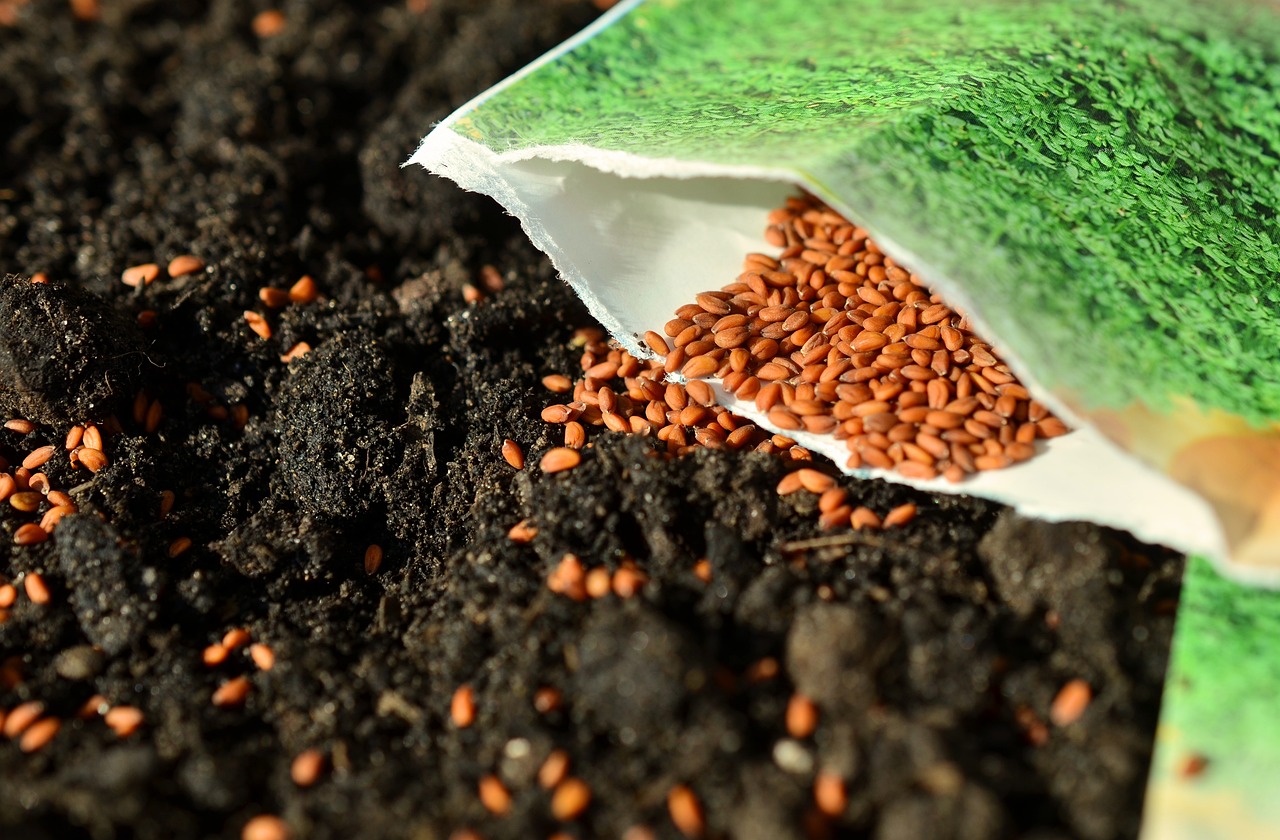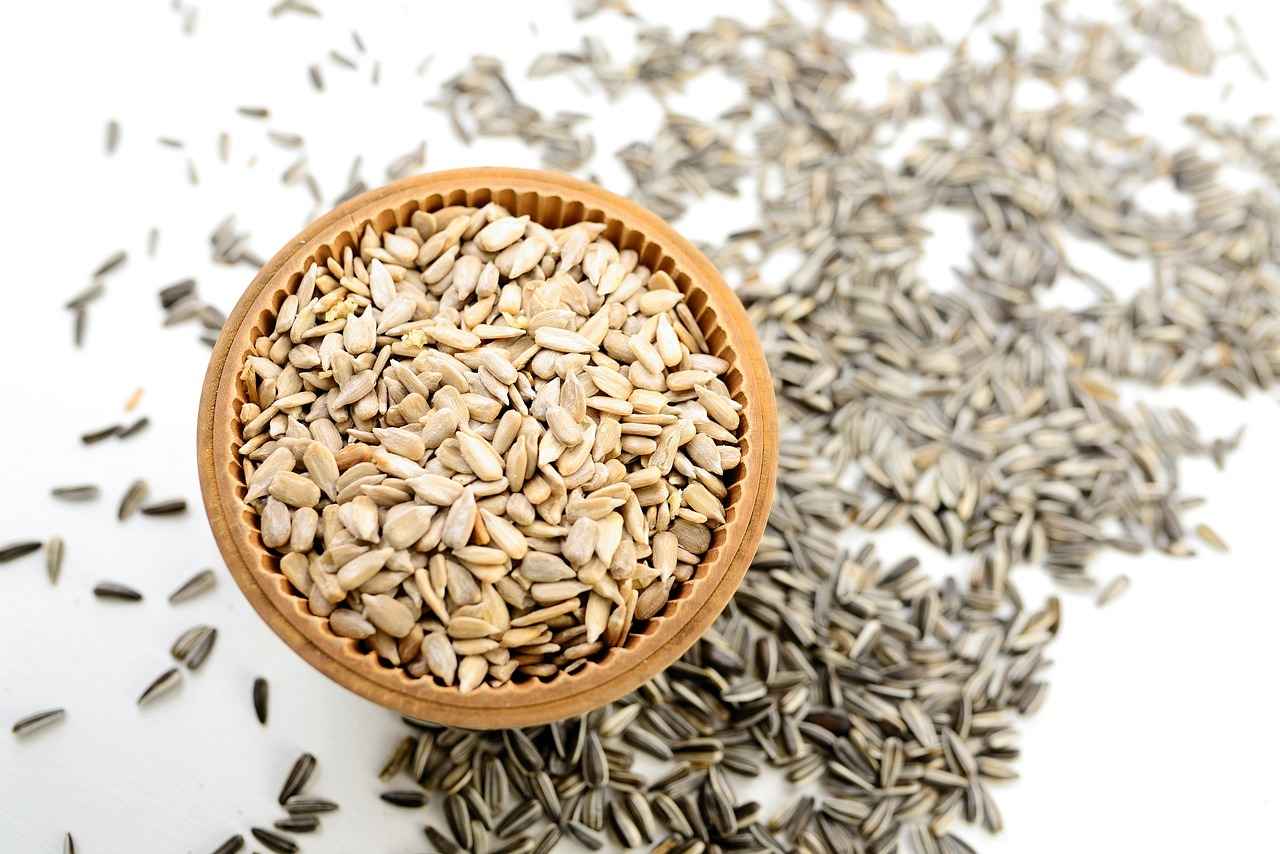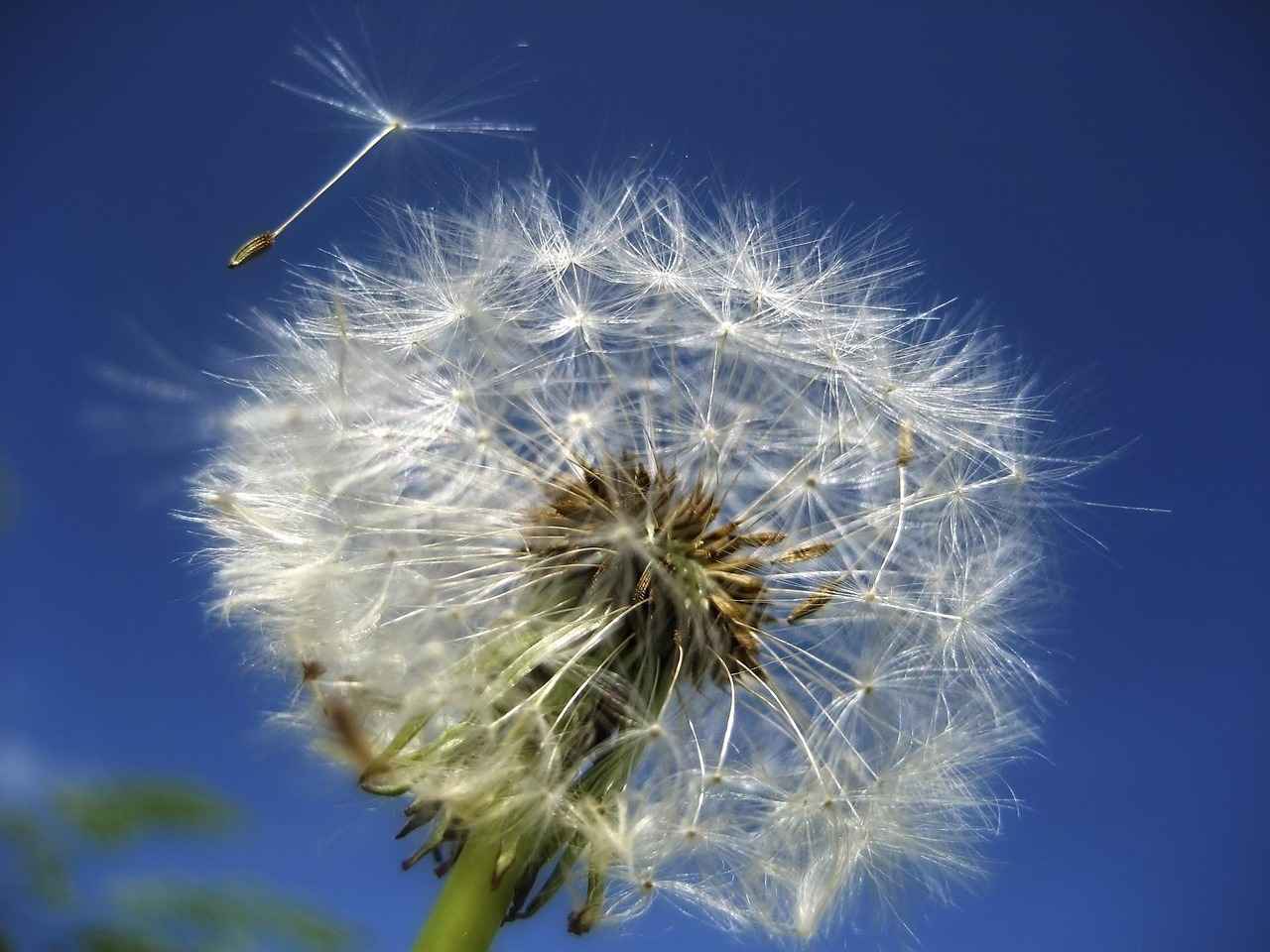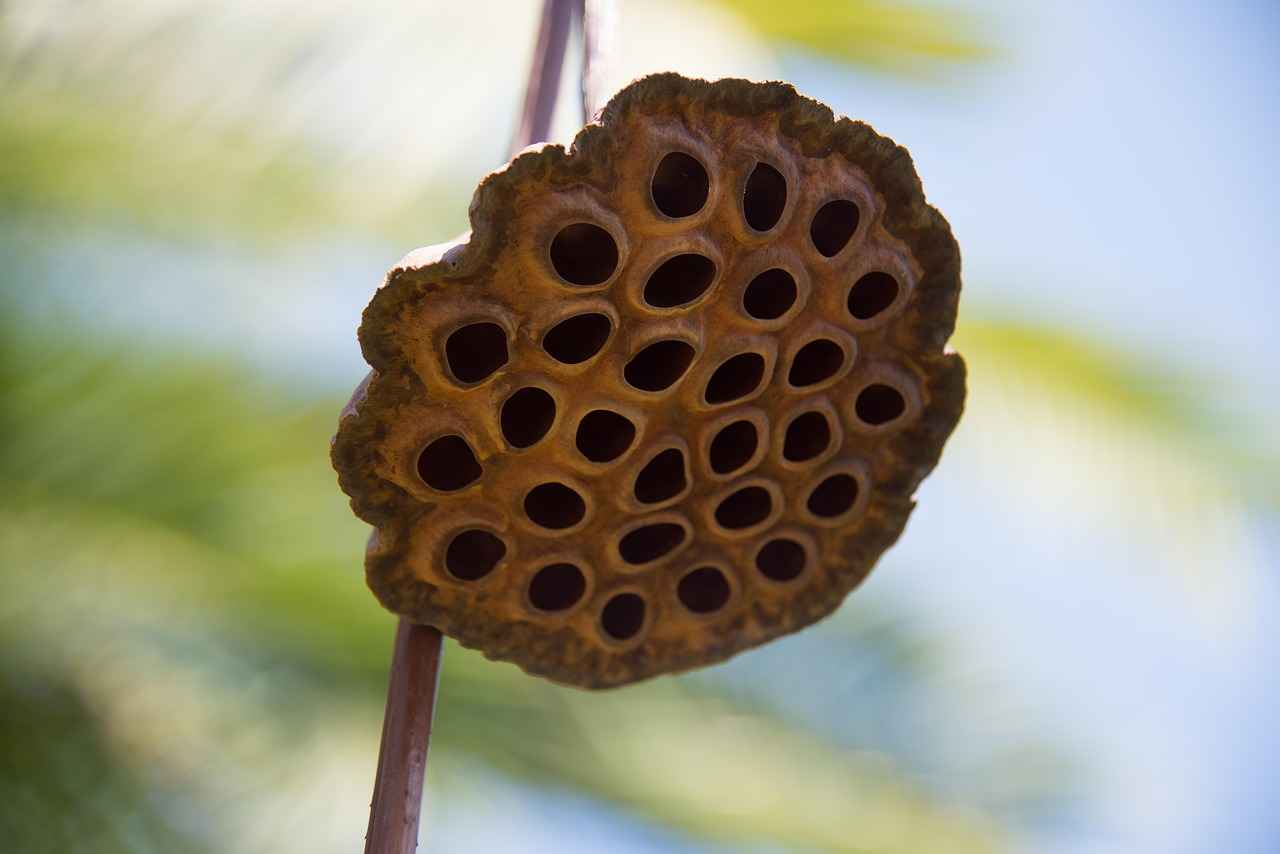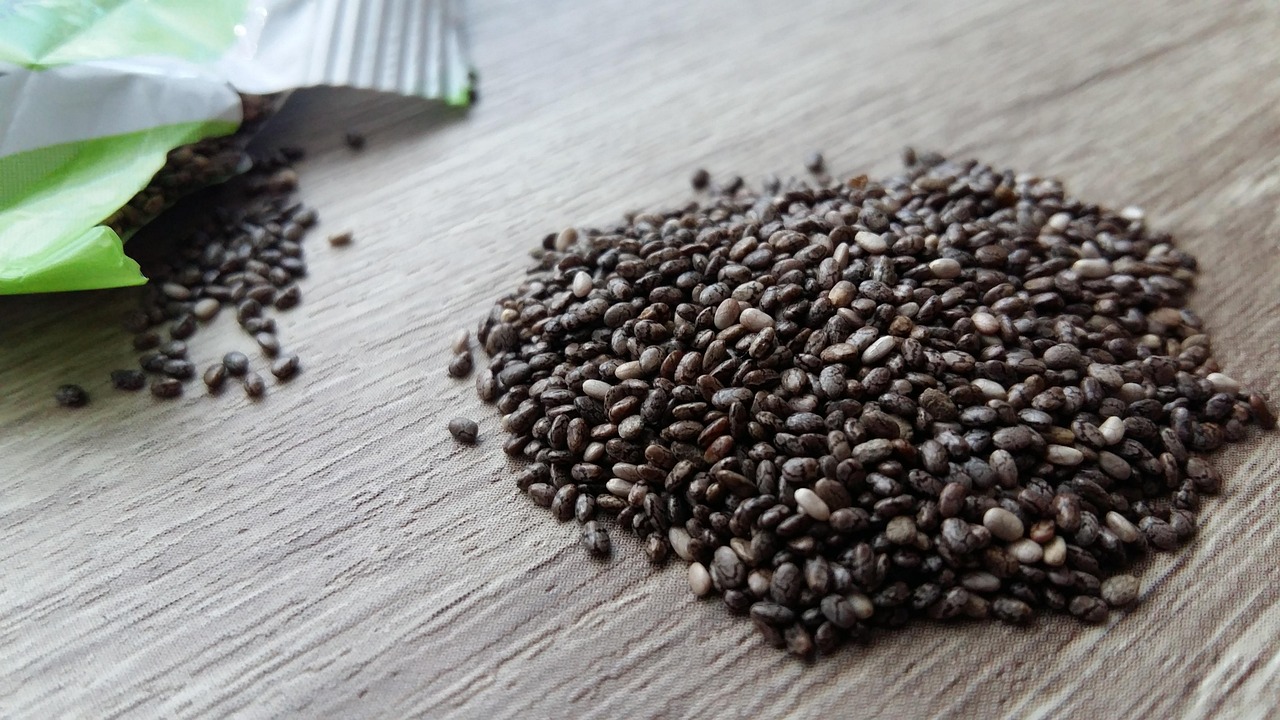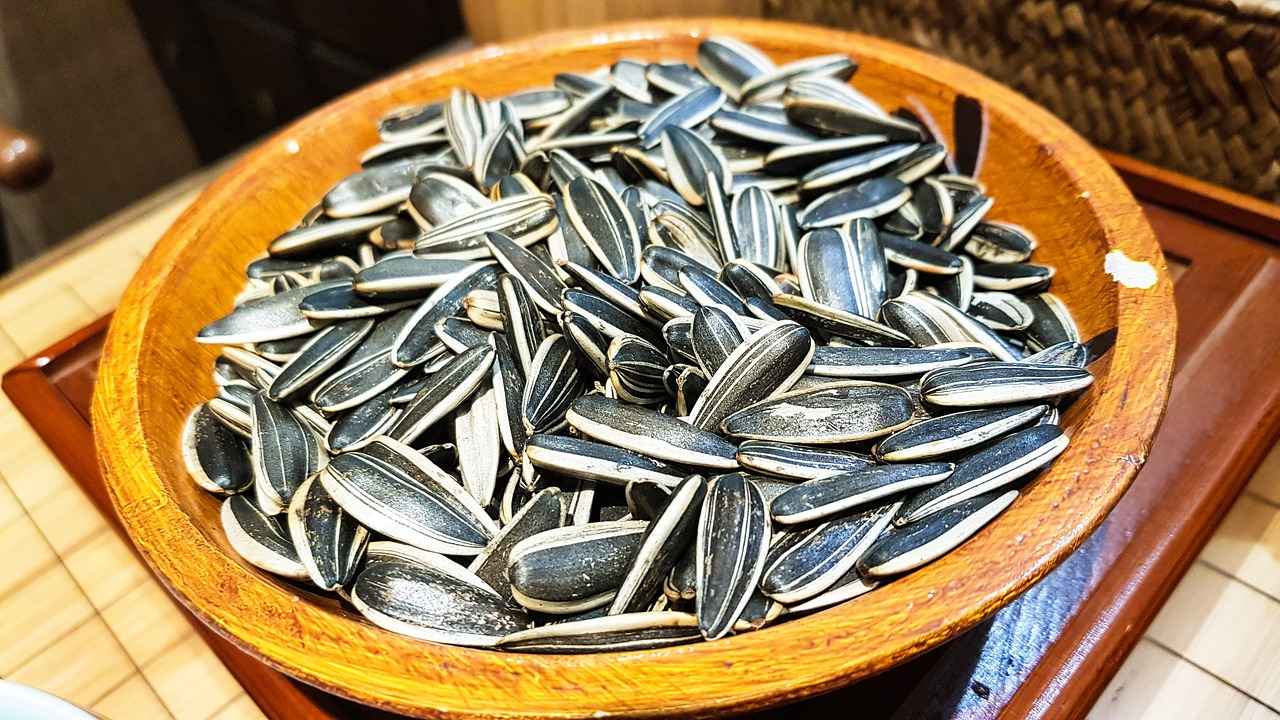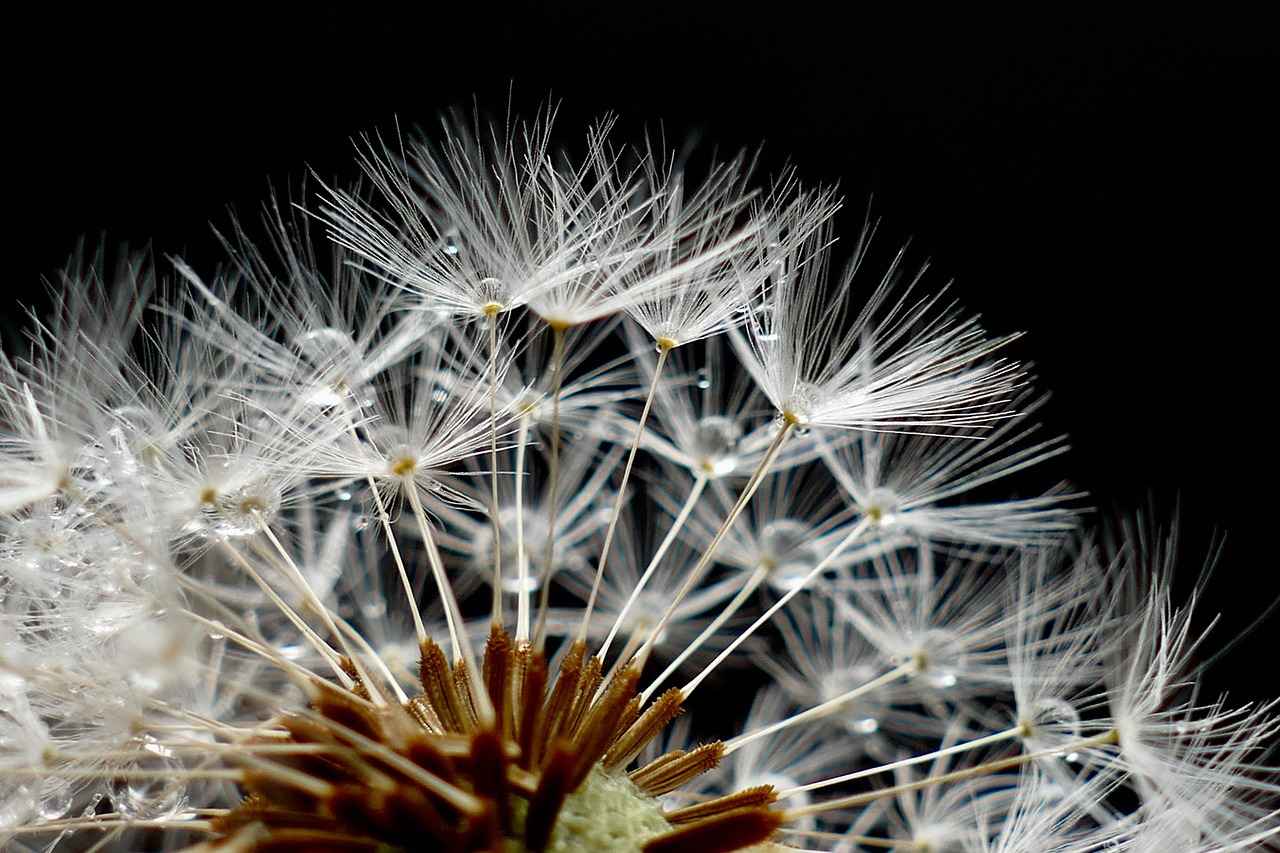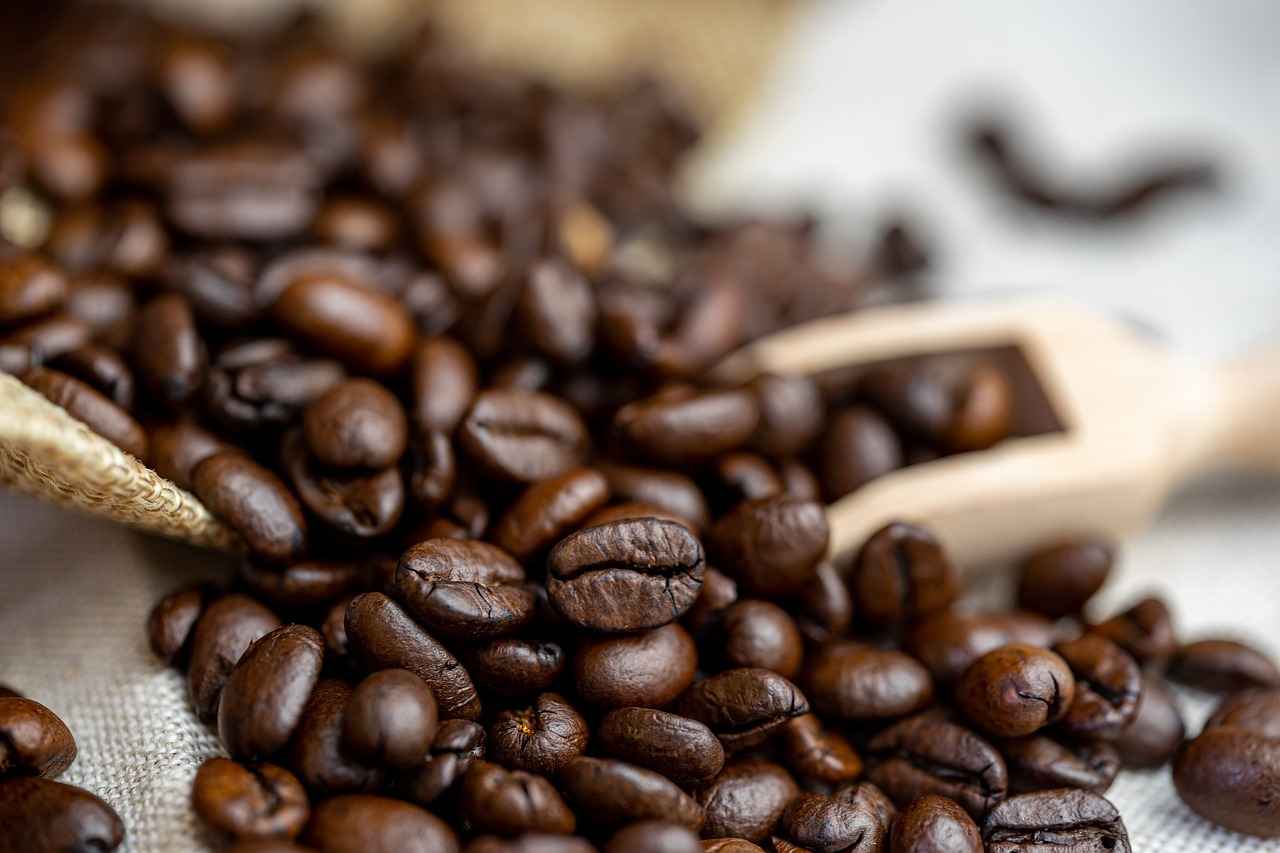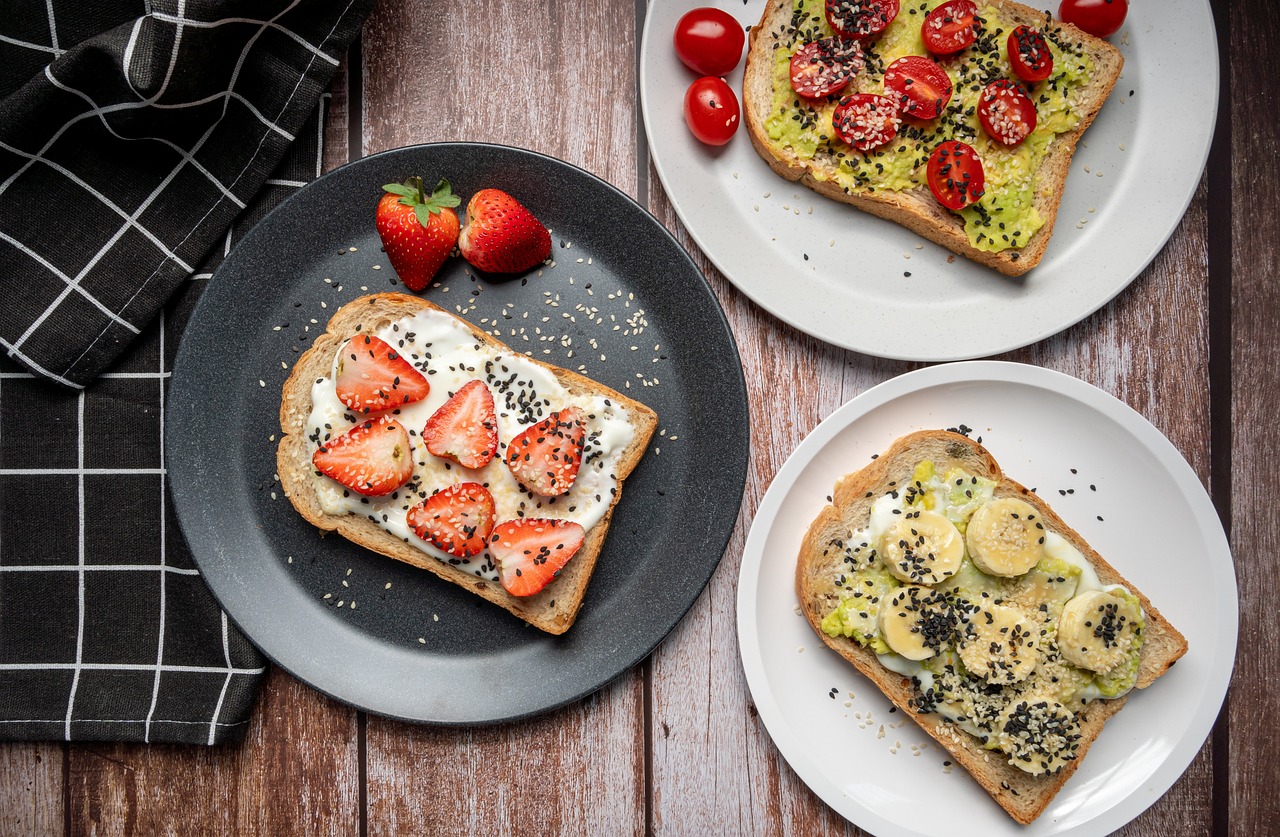Soaking chia seeds has become a popular method among health enthusiasts, and for good reason. These tiny seeds are not only packed with nutrients but also offer various health benefits when prepared correctly. This article delves into the advantages of soaking chia seeds, the right techniques for doing so, and answers frequently asked questions regarding their nutritional value and culinary applications.
Chia seeds are small, black seeds derived from the Salvia hispanica plant. They are rich in omega-3 fatty acids, dietary fiber, and protein, making them an excellent addition to a balanced diet. Their high fiber content helps in maintaining digestive health, while omega-3s support heart health and cognitive function. Incorporating chia seeds into your meals can enhance their nutritional profile significantly.
Soaking chia seeds is crucial for maximizing their benefits. When soaked, these seeds expand and form a gel-like consistency, which not only enhances their digestibility but also aids in nutrient absorption. This section will explore the physiological advantages of soaking chia seeds and how it transforms their texture and flavor.
Soaking chia seeds activates enzymes and releases nutrients that might otherwise be less bioavailable. The process of hydration helps in breaking down the seed’s outer layer, making vitamins and minerals more accessible to the body.
Soaked chia seeds can significantly improve digestive health. They promote hydration and increase fiber intake, which can aid in digestion and help prevent constipation. The gel-like texture of soaked chia seeds can also help in soothing the digestive tract.
Chia seeds can absorb up to 12 times their weight in water. This property makes them an excellent choice for hydration, especially in warm climates or after workouts. Consuming soaked chia seeds can help maintain optimal hydration levels in the body.
Soaking chia seeds changes their texture, making them more palatable. The gel-like consistency enhances their versatility in various recipes, allowing them to be used in smoothies, puddings, and baked goods without compromising flavor.
To maximize the benefits of chia seeds, proper soaking techniques are essential. Here’s how to do it effectively:
The ideal water-to-seed ratio for soaking chia seeds is 1:6. This means for every tablespoon of chia seeds, use six tablespoons of water. Adjusting this ratio can help achieve the desired consistency.
Soaking time can vary based on personal preference. Generally, soaking chia seeds for 30 minutes to 2 hours is sufficient. For a thicker gel, you can soak them overnight.
Avoiding common pitfalls can help ensure you reap the full benefits of chia seeds. Below are frequent mistakes and how to correct them.
Not using enough water can lead to a gritty texture. Make sure to adhere to the recommended soaking ratios to achieve the best results.
Over-soaking chia seeds can result in an overly gelatinous texture. Finding the right balance is key to enjoying their benefits without compromising on taste.
Soaked chia seeds can be incorporated into various dishes, adding both nutrition and texture. Here are some innovative ways to use them:
Adding soaked chia seeds to smoothies can boost their nutritional value. They blend well and provide a satisfying thickness without altering the flavor.
Soaked chia seeds make a great topping for yogurt and oatmeal. They enhance the nutritional profile of your breakfast while adding an interesting texture.
While chia seeds are generally safe for most people, there can be potential side effects. It’s essential to be aware of these to enjoy them fully.
Some individuals may experience digestive discomfort, especially if they consume chia seeds in large quantities. To mitigate these effects, start with small amounts and gradually increase your intake.
Though rare, allergic reactions to chia seeds can occur. Symptoms may include itching, swelling, or difficulty breathing. If you experience any of these symptoms, seek medical advice promptly.
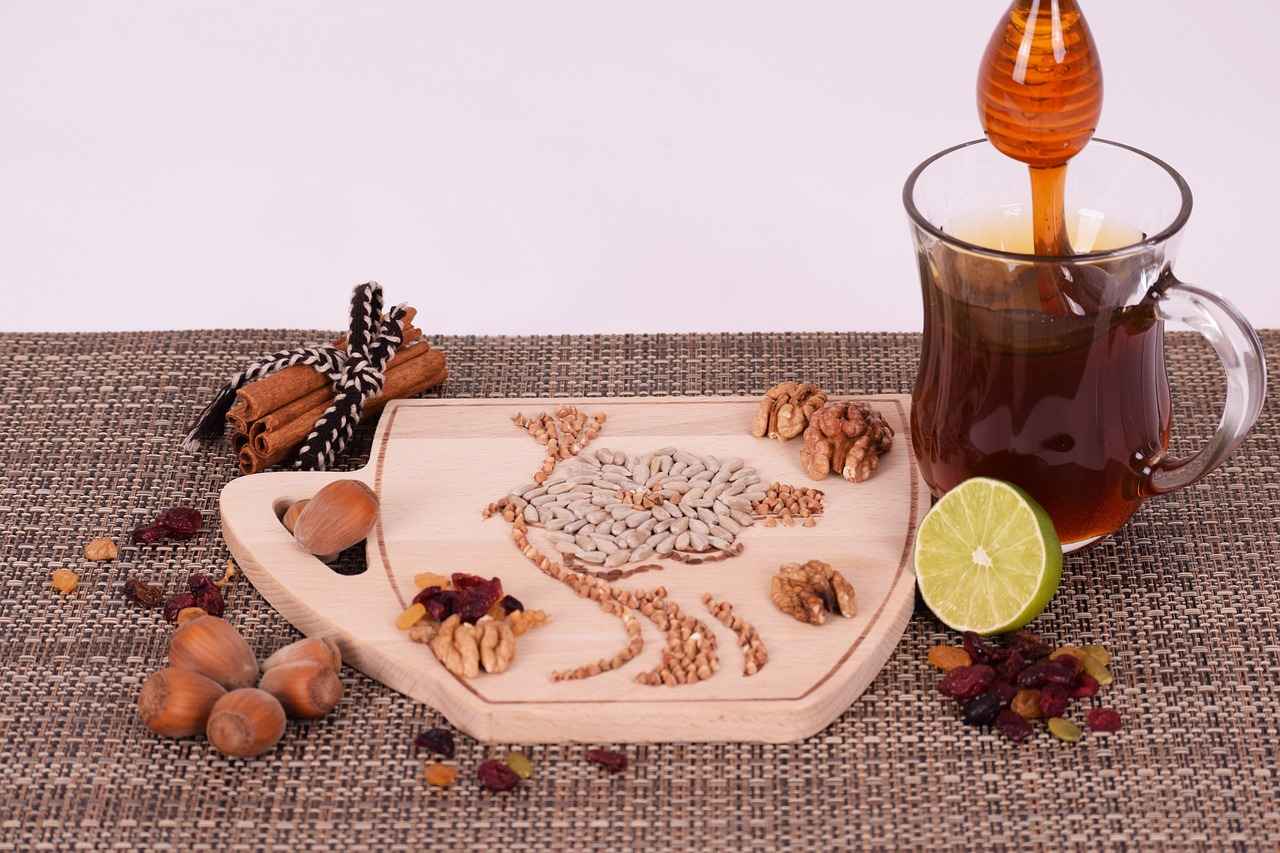
What Are Chia Seeds and Their Nutritional Benefits?
Chia seeds are small, oval-shaped seeds derived from the Salvia hispanica plant, native to Central America. These tiny seeds have gained immense popularity in recent years due to their remarkable nutritional profile and health benefits. Packed with an impressive array of essential nutrients, chia seeds can be a valuable addition to any diet.
One of the standout features of chia seeds is their high content of omega-3 fatty acids, particularly alpha-linolenic acid (ALA). These healthy fats are crucial for maintaining heart health, reducing inflammation, and supporting brain function. A mere ounce (28 grams) of chia seeds can provide approximately 5 grams of omega-3s, making them a fantastic plant-based source of these essential fatty acids.
In addition to omega-3s, chia seeds are also rich in dietary fiber. With around 11 grams of fiber per ounce, they can help promote digestive health, regulate blood sugar levels, and keep you feeling fuller for longer. This high fiber content can be particularly beneficial for those looking to manage their weight or improve their overall digestive function.
Chia seeds are also a great source of plant-based protein, containing about 4 grams of protein per ounce. This makes them an excellent option for vegetarians and vegans seeking to boost their protein intake. Protein is essential for muscle repair, immune function, and overall health, making chia seeds a versatile addition to various meals.
Furthermore, these tiny seeds are packed with essential minerals such as calcium, magnesium, and phosphorus. Calcium is vital for bone health, while magnesium plays a crucial role in numerous biochemical reactions in the body. Phosphorus is essential for energy production and maintaining healthy bones and teeth.
Chia seeds are also known for their antioxidant properties. They contain various antioxidants that help combat oxidative stress and reduce inflammation in the body. By incorporating chia seeds into your diet, you may help protect your cells from damage caused by free radicals.
Understanding the nutritional profile of chia seeds can empower you to use them effectively in your meals. They can be easily added to smoothies, yogurt, oatmeal, or even baked goods, enhancing both their nutritional value and texture. With their ability to absorb liquid and form a gel-like consistency, chia seeds can also serve as a natural thickening agent in recipes.
In summary, chia seeds are nutrient-dense powerhouses that offer a wide range of health benefits. Their high content of omega-3 fatty acids, fiber, protein, and essential minerals makes them an excellent addition to a balanced diet. By incorporating chia seeds into your meals, you can enjoy their numerous advantages while enhancing the flavor and texture of your favorite dishes.
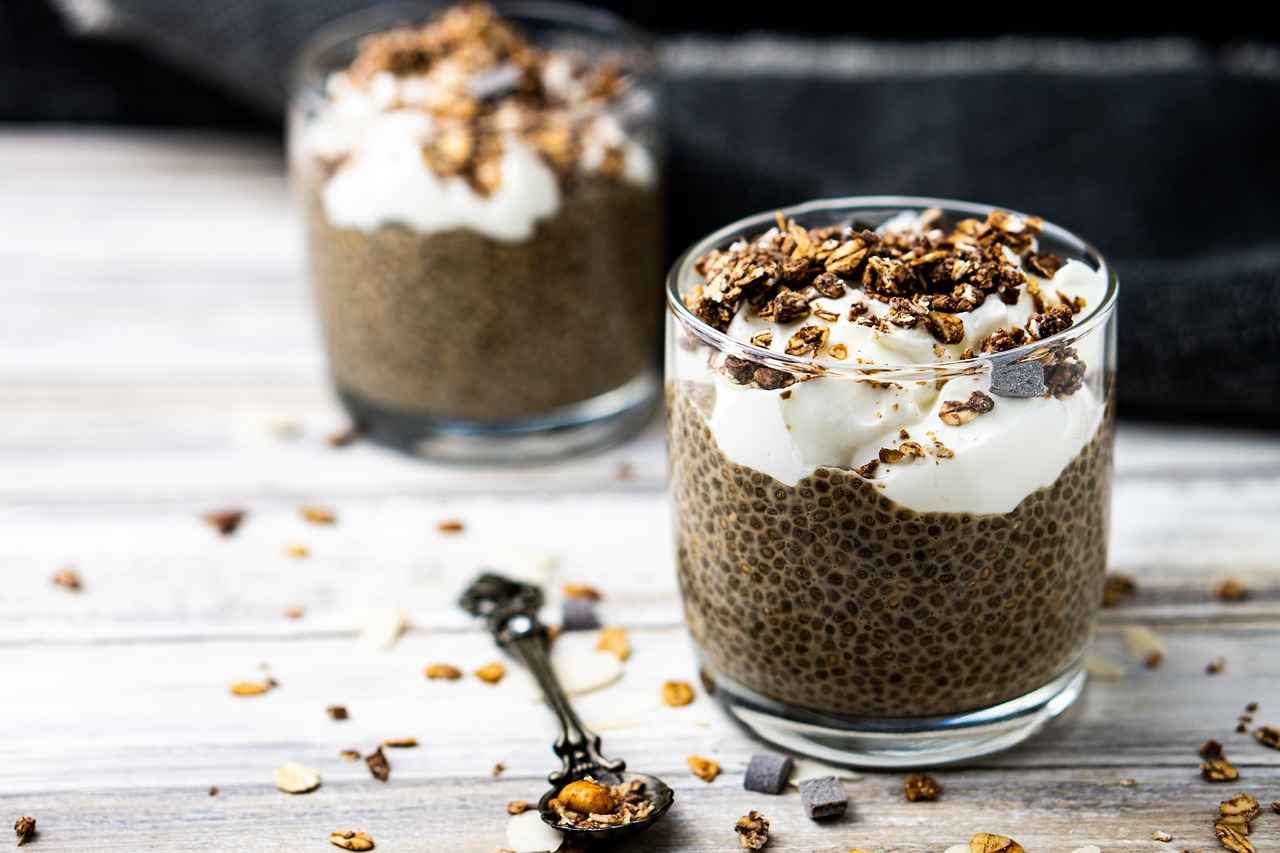
Why Should You Soak Chia Seeds?
Soaking chia seeds is a simple yet transformative process that can significantly enhance their health benefits and culinary versatility. Chia seeds, known for their impressive nutritional profile, become even more beneficial when soaked. This section delves into the physiological advantages of soaking, highlighting how it improves digestibility, nutrient absorption, and alters the texture and flavor of these tiny seeds.
Soaking chia seeds is not just a trendy health tip; it is a scientifically-backed method that maximizes their potential. When chia seeds are soaked in water, they absorb the liquid and expand, forming a gel-like consistency. This process is essential for several reasons:
- Enhanced Nutrient Absorption: Soaking activates enzymes that help release vital nutrients, making them more bioavailable. This means your body can absorb more omega-3 fatty acids, fiber, and protein found in these seeds.
- Improved Digestibility: Chia seeds contain antinutrients like phytic acid, which can inhibit the absorption of certain minerals. Soaking helps reduce these compounds, leading to better digestive health.
- Texture Transformation: The soaking process changes the texture of chia seeds from hard and crunchy to soft and gel-like, making them more palatable and easier to incorporate into various dishes.
- Flavor Enhancement: Soaked chia seeds can absorb flavors from other ingredients, making them an excellent addition to smoothies, puddings, and baked goods.
When chia seeds are soaked, they undergo a significant transformation that increases their nutrient availability. The gel-like consistency created by soaking allows for easier digestion and nutrient release. This process can enhance the absorption of vitamins and minerals such as calcium, magnesium, and iron, which are crucial for overall health.
Soaked chia seeds can contribute positively to digestive health. The increased hydration from the gel-like texture aids in keeping the digestive tract moist, promoting smooth bowel movements and preventing constipation. Additionally, the high fiber content supports gut health by acting as a prebiotic, feeding beneficial gut bacteria.
Chia seeds are remarkable in their ability to absorb water—up to 12 times their weight. This property not only aids in hydration but also makes soaked chia seeds a fantastic option for those looking to increase their fluid intake. Incorporating soaked chia seeds into your diet can help maintain hydration levels, especially during hot weather or intense physical activity.
The transformation of chia seeds into a gel-like substance opens up a world of culinary possibilities. This texture change allows them to be used in a variety of recipes, from smoothies to puddings and even as a thickener in soups and sauces. The ability of soaked chia seeds to absorb flavors can enhance the overall taste of dishes, making them a versatile ingredient in any kitchen.
In conclusion, soaking chia seeds is a beneficial practice that enhances their nutritional value, improves digestibility, and transforms their texture and flavor. By incorporating soaked chia seeds into your diet, you can enjoy a range of health benefits while also exploring new culinary creations.
How Soaking Affects Nutrient Absorption
Soaking chia seeds is not just a culinary trend; it is a scientifically-backed method that significantly enhances their nutritional profile. When chia seeds are soaked in water, they undergo a transformation that makes essential vitamins and minerals more bioavailable. This process is crucial for maximizing the health benefits these tiny seeds offer.
Chia seeds are rich in omega-3 fatty acids, fiber, and various vitamins and minerals. However, the nutrients within these seeds are often bound in a way that makes them less accessible to the body. Soaking chia seeds activates their natural enzymes, which helps to break down these barriers, thereby releasing the nutrients.
When chia seeds are submerged in water, they can absorb up to 12 times their weight in liquid. This soaking process not only hydrates the seeds but also initiates a biochemical reaction that enhances the absorption of nutrients. The water activates the chia seeds’ natural gel-forming properties, which can aid in digestion and nutrient transport within the body.
Hydration is a key factor in unlocking the potential of chia seeds. When soaked, the seeds swell and form a gel-like consistency. This gel is rich in soluble fiber, which can help slow down digestion and promote a feeling of fullness. As a result, nutrients are released more gradually, allowing for better absorption in the digestive tract.
- Vitamins: Soaking helps release vitamins such as B1 (thiamine), B2 (riboflavin), and B3 (niacin), which are crucial for energy production.
- Minerals: Essential minerals like calcium, magnesium, and phosphorus become more accessible after soaking, enhancing their absorption rates.
- Amino Acids: The soaking process can also help break down proteins into amino acids, making them easier for the body to utilize.
Soaked chia seeds can significantly improve digestive health. The increased hydration from the gel-like consistency can help prevent constipation and promote regular bowel movements. Furthermore, the soluble fiber in soaked chia seeds acts as a prebiotic, feeding the beneficial bacteria in your gut.
Aside from the nutritional benefits, soaking chia seeds alters their texture, making them more versatile in various recipes. The gel-like coating can enhance the mouthfeel of smoothies, puddings, and baked goods, providing a unique texture that many find appealing.
In conclusion, soaking chia seeds is a simple yet effective way to unlock their full nutritional potential. By enhancing nutrient absorption and improving digestive health, soaked chia seeds can be a valuable addition to a well-rounded diet. Whether you add them to smoothies, yogurt, or baked goods, the benefits of soaking make these tiny seeds even more powerful.
Impact on Digestive Health
Soaked chia seeds are not just a trendy health food; they offer a multitude of benefits, particularly when it comes to digestive health. These tiny seeds, when soaked, can significantly enhance hydration and fiber intake, making them a powerful ally in promoting digestive wellness.
Chia seeds are rich in soluble fiber, which plays a crucial role in digestive health. When soaked in water, they can absorb up to 12 times their weight, forming a gel-like substance. This transformation not only makes them easier to consume but also helps in:
- Regulating Bowel Movements: The gel formed by soaked chia seeds adds bulk to stool, which can help prevent constipation.
- Promoting Healthy Gut Flora: The fiber in chia seeds acts as a prebiotic, feeding beneficial gut bacteria.
- Enhancing Nutrient Absorption: Soaking chia seeds activates enzymes that aid in the digestion of nutrients, maximizing their benefits.
Hydration is key to maintaining a healthy digestive system. Soaked chia seeds contribute to hydration in two ways:
- They absorb large amounts of water, which can help keep the digestive tract lubricated.
- They encourage you to drink more fluids, as they are often added to smoothies, juices, and other beverages.
By integrating soaked chia seeds into your diet, you not only enhance your fluid intake but also support your digestive processes.
Many individuals struggle with constipation, a common digestive issue. The high fiber content of soaked chia seeds can effectively combat this problem. Here’s how:
- Increased Fiber Intake: Just two tablespoons of chia seeds provide approximately 10 grams of fiber, which is about 40% of the daily recommended intake.
- Water Absorption: The gel-like consistency of soaked chia seeds helps to soften the stool, making it easier to pass.
To reap the digestive benefits of soaked chia seeds, consider these practical applications:
- In Smoothies: Blend soaked chia seeds into your favorite smoothie for added texture and nutrition.
- As a Topping: Sprinkle them over yogurt, oatmeal, or salads to boost fiber content.
- In Baking: Use soaked chia seeds in baked goods like muffins or bread for added moisture and nutrients.
While chia seeds are generally safe for most people, it’s important to consume them properly to avoid potential digestive issues:
- Start Slowly: If you are new to chia seeds, start with small amounts to allow your digestive system to adjust.
- Stay Hydrated: Always drink plenty of water when consuming chia seeds to avoid any discomfort.
In summary, incorporating soaked chia seeds into your diet can significantly improve your digestive health. Their high fiber content and hydrating properties make them an excellent choice for promoting regularity and overall gut health. By understanding how to use them effectively, you can enjoy their numerous benefits while enhancing your meals.
Hydration Benefits of Soaked Seeds
Chia seeds are renowned for their remarkable ability to absorb water, making them a popular choice for those seeking to enhance their hydration levels. When soaked, these tiny seeds can absorb up to 12 times their weight in water, resulting in a gel-like consistency that not only adds texture to foods but also offers numerous health benefits. This section explores how this unique property can contribute to hydration and overall wellness.
Staying adequately hydrated is crucial for maintaining overall health. Water plays a vital role in numerous bodily functions, including:
- Regulating body temperature
- Supporting digestion
- Enhancing nutrient absorption
- Improving skin health
With the daily recommendation of water intake being around 2 liters for women and 3 liters for men, incorporating chia seeds into your diet can be a simple yet effective way to boost your hydration levels.
When chia seeds are soaked in water, they swell and form a gel-like substance due to their hydrophilic properties. This gel not only retains moisture but also slows down the absorption of water in the digestive tract, which can help maintain hydration for a longer period. Here are some specific ways soaked chia seeds contribute to hydration:
- Prolonged Hydration: The gel formed by soaked chia seeds can provide sustained hydration, making them an excellent addition to post-workout smoothies or meals.
- Enhanced Nutrient Delivery: The gel-like texture allows for a more gradual release of nutrients, aiding in better hydration and nutrient absorption.
- Versatile Usage: Soaked chia seeds can be easily incorporated into various recipes, from puddings to beverages, making it simple to enhance hydration.
To maximize the hydration benefits of chia seeds, consider the following tips:
1. Soaking Ratio: Use 1 part chia seeds to 10 parts water for optimal gel formation.2. Soaking Time: Allow chia seeds to soak for at least 30 minutes to 2 hours for best results.3. Flavoring Options: Enhance the taste of soaked chia seeds by adding fruits, honey, or spices.4. Storage: Store soaked chia seeds in the refrigerator for up to a week for convenient use.
While chia seeds are generally safe for consumption, it’s important to consider a few potential risks:
- Digestive Discomfort: Some individuals may experience bloating or gas if they consume too many chia seeds at once. Start with a small amount and gradually increase your intake.
- Choking Hazard: Always ensure that chia seeds are soaked before consumption, as dry seeds can expand in the throat and pose a choking risk.
Incorporating soaked chia seeds into your diet can significantly enhance your hydration levels while providing essential nutrients. Their ability to absorb water and form a gel-like consistency makes them a versatile ingredient in various recipes, ensuring that you stay hydrated and healthy.
Texture and Flavor Enhancement
When it comes to incorporating chia seeds into your diet, understanding the significance of soaking them is crucial. Soaking chia seeds not only changes their texture but also enhances their flavor profile, making them a versatile ingredient in various recipes.
Soaking chia seeds in water or any liquid causes them to absorb moisture, resulting in a gel-like consistency. This transformation occurs because chia seeds can absorb up to 12 times their weight in water. The outer layer of the seeds swells, creating a gel that can be used in numerous culinary applications.
The gel-like texture of soaked chia seeds allows them to blend seamlessly into a variety of dishes. This characteristic not only enhances the mouthfeel of recipes but also allows them to absorb flavors from other ingredients. For example, when added to smoothies, the soaked seeds take on the taste of fruits and other flavors, enriching the overall experience.
Soaked chia seeds can be used in numerous ways, making them a valuable addition to your kitchen. Here are some creative applications:
- In Smoothies: Adding soaked chia seeds to smoothies can provide a nutrient boost while enhancing the drink’s texture.
- As a Thickening Agent: The gel-like consistency can act as a natural thickener in soups and sauces, providing a healthy alternative to traditional thickeners.
- In Baking: Incorporating soaked chia seeds into baked goods like muffins or bread can add moisture and a unique texture.
- In Puddings: Chia seed pudding, made by mixing soaked seeds with milk or plant-based alternatives, has become a popular health trend.
To maximize the flavor potential of soaked chia seeds, consider pairing them with complementary ingredients:
- Coconut Milk: The creamy texture of coconut milk pairs wonderfully with chia seeds, creating a tropical pudding.
- Fruits: Berries, bananas, and mangoes can enhance the flavor profile of chia-based recipes.
- Spices: Adding spices like cinnamon or vanilla can elevate the taste experience, making chia seeds a delightful addition to breakfast or desserts.
In summary, soaking chia seeds not only transforms their texture into a gel-like consistency but also enhances their flavor and versatility in various recipes. By understanding these transformations, you can unlock the full potential of chia seeds in your culinary adventures. So, whether you are adding them to smoothies, baking, or creating puddings, soaked chia seeds can be a nutritious and tasty addition to your meals.
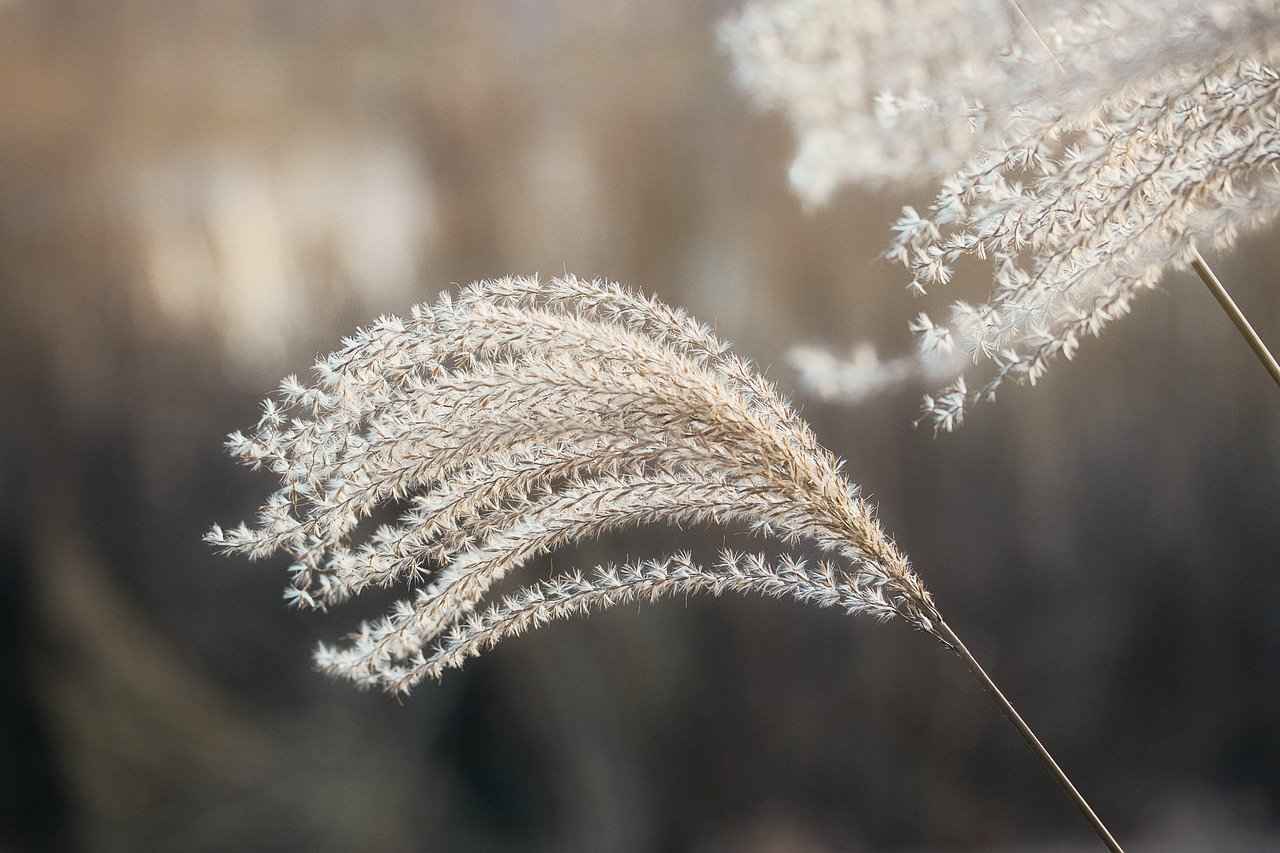
How to Properly Soak Chia Seeds
Soaking chia seeds is a simple yet effective technique that can significantly enhance their nutritional benefits. By following the right methods, you can unlock the full potential of these tiny seeds, making them a versatile addition to your diet. This section will provide you with clear, step-by-step instructions on how to properly soak chia seeds, ensuring you maximize their health benefits.
Before diving into the soaking process, it’s essential to understand why soaking chia seeds is beneficial. Chia seeds can absorb up to 12 times their weight in water, forming a gel-like consistency. This not only makes them easier to digest but also enhances their nutrient absorption in the body. Soaking helps to activate the seeds, allowing your body to access the omega-3 fatty acids, fiber, and protein they contain more effectively.
- Choose Your Chia Seeds: Select high-quality, organic chia seeds for the best results.
- Measure the Seeds: A typical ratio is 1 part chia seeds to 6 parts water. For example, if you use 1 tablespoon of chia seeds, add 6 tablespoons of water.
- Mix Thoroughly: In a bowl or jar, combine the chia seeds and water. Stir well to prevent clumping.
- Let Them Sit: Allow the mixture to sit for at least 20 minutes. This gives the seeds time to absorb the water and expand.
- Check the Texture: After 20 minutes, check the consistency. If it’s too thick, you can add a little more water to achieve your desired texture.
- Store Properly: If you’re not using the soaked chia seeds immediately, store them in an airtight container in the refrigerator. They can last up to a week.
The soaking time can vary based on personal preference. While a minimum of 20 minutes is recommended, some may prefer to soak them overnight for a softer texture. Experimenting with different soaking times can help you find the perfect consistency that suits your taste and recipe needs.
- Using Too Little Water: Insufficient water can lead to clumping and an undesirable texture. Always stick to the recommended water-to-seed ratio.
- Soaking for Too Long: Over-soaking can create an overly gelatinous mixture. Keep an eye on the time to maintain the right balance.
Once you’ve soaked your chia seeds, the possibilities for incorporating them into your meals are endless. Here are a few ideas:
- In Smoothies: Add soaked chia seeds to your favorite smoothie for an extra boost of nutrition.
- As a Topping: Sprinkle them over yogurt, oatmeal, or salads for added texture and health benefits.
- In Baking: Use soaked chia seeds in baked goods like muffins or pancakes for added moisture and nutrition.
By following these steps and tips, you can easily incorporate soaked chia seeds into your diet, enhancing both the flavor and nutritional profile of your meals.
Recommended Soaking Ratios
When it comes to soaking chia seeds, understanding the right water-to-seed ratio is crucial for achieving the desired consistency and maximizing their health benefits. Chia seeds are highly absorbent and can hold up to 12 times their weight in water. This unique property makes it essential to know how much water to use, ensuring that the seeds swell properly and provide optimal nutritional value.
Why is the Water-to-Seed Ratio Important? The correct ratio not only affects the texture of the chia seeds but also influences how easily your body can digest and absorb the nutrients. Using too little water can lead to a gritty texture, while using too much can create a watery mixture that may not be palatable. A well-balanced ratio will yield a gel-like consistency that enhances the seeds’ flavor and makes them easier to incorporate into various dishes.
| Chia Seeds (in cups) | Water (in cups) |
|---|---|
| 1 | 3 |
| 2 | 6 |
| 1/2 | 1.5 |
For instance, a common recommendation is to use 3 cups of water for every 1 cup of chia seeds. This ratio allows the seeds to absorb enough water, creating a thick gel that can be used in smoothies, puddings, or as an egg substitute in baking. Adjusting the ratio slightly can cater to personal texture preferences; for a thicker gel, you might want to reduce the water slightly, while adding a bit more water can create a more fluid mixture.
How to Measure Your Ingredients Accurately measuring both the chia seeds and water is vital for achieving the best results. Utilizing measuring cups or a kitchen scale can help ensure precision. It’s also important to stir the chia seeds into the water thoroughly to prevent clumping, allowing them to absorb moisture evenly.
After mixing, let the chia seeds soak for at least 30 minutes to allow for full hydration. However, for best results, soaking them overnight in the refrigerator can enhance their texture and make them ready for immediate use the next day.
In summary, the appropriate water-to-seed ratio is fundamental in soaking chia seeds. By adhering to the recommended guidelines and adjusting according to personal preference, you can enjoy the full benefits of these nutrient-rich seeds. Whether you’re adding them to your breakfast, smoothies, or baking, the right preparation will ensure that they contribute positively to your diet.
Soaking Time: How Long Is Enough?
When it comes to soaking chia seeds, one of the most frequently asked questions is, “How long should I soak them?” The soaking time can indeed vary based on personal preference and the intended use of the seeds. Here, we delve into the ideal soaking times for different textures and applications, ensuring you get the most out of these nutrient-packed seeds.
Soaking chia seeds is essential for enhancing their texture and digestibility. The ideal soaking time can range from 30 minutes to overnight, depending on how you plan to use them:
- 30 Minutes: For a quick soak, 30 minutes is sufficient if you want a slightly crunchy texture. This is ideal for adding to smoothies or salads where a bit of crunch is appreciated.
- 1-2 Hours: Soaking for one to two hours allows the seeds to absorb some water while still maintaining a bit of firmness. This texture works well in yogurt or oatmeal, where you want a balance between creamy and crunchy.
- Overnight Soak: For a fully gel-like consistency, soaking chia seeds overnight is recommended. This method is perfect for chia puddings or as a thickener in recipes, providing a smooth and creamy texture.
Several factors can influence the soaking time of chia seeds:
- Water Temperature: Warm water can speed up the soaking process, allowing seeds to absorb water more quickly. If you’re in a hurry, consider using warm water.
- Seed Freshness: Fresher seeds tend to absorb water better. If your seeds are older, you might need to soak them longer to achieve the desired texture.
- Desired Outcome: Consider how you intend to use the soaked seeds. If you’re making a pudding, a longer soak will yield better results, while a shorter soak can enhance salads or smoothies.
To achieve the best results, follow these simple steps for soaking chia seeds:
1. Measure out your chia seeds and water. A common ratio is 1 part chia seeds to 4 parts water.2. Combine the seeds and water in a bowl or jar.3. Stir well to ensure that the seeds are evenly distributed in the liquid.4. Let the mixture sit for your desired soaking time, stirring occasionally to prevent clumping.5. After soaking, you can store the seeds in the refrigerator for up to a week.
While soaking chia seeds is relatively straightforward, there are some common mistakes that can affect the outcome:
- Not Using Enough Water: Insufficient water can lead to clumpy and dry seeds. Always ensure you have the right water-to-seed ratio.
- Over-Soaking: Leaving chia seeds to soak for too long can result in a texture that is overly gelatinous. Aim for the recommended soaking times to maintain the ideal consistency.
In conclusion, understanding the appropriate soaking times for chia seeds is crucial for maximizing their benefits and enhancing your culinary creations. Whether you prefer a quick soak or an overnight preparation, adjusting the soaking time based on your preferences and recipe requirements will ensure you enjoy the full nutritional value of chia seeds.
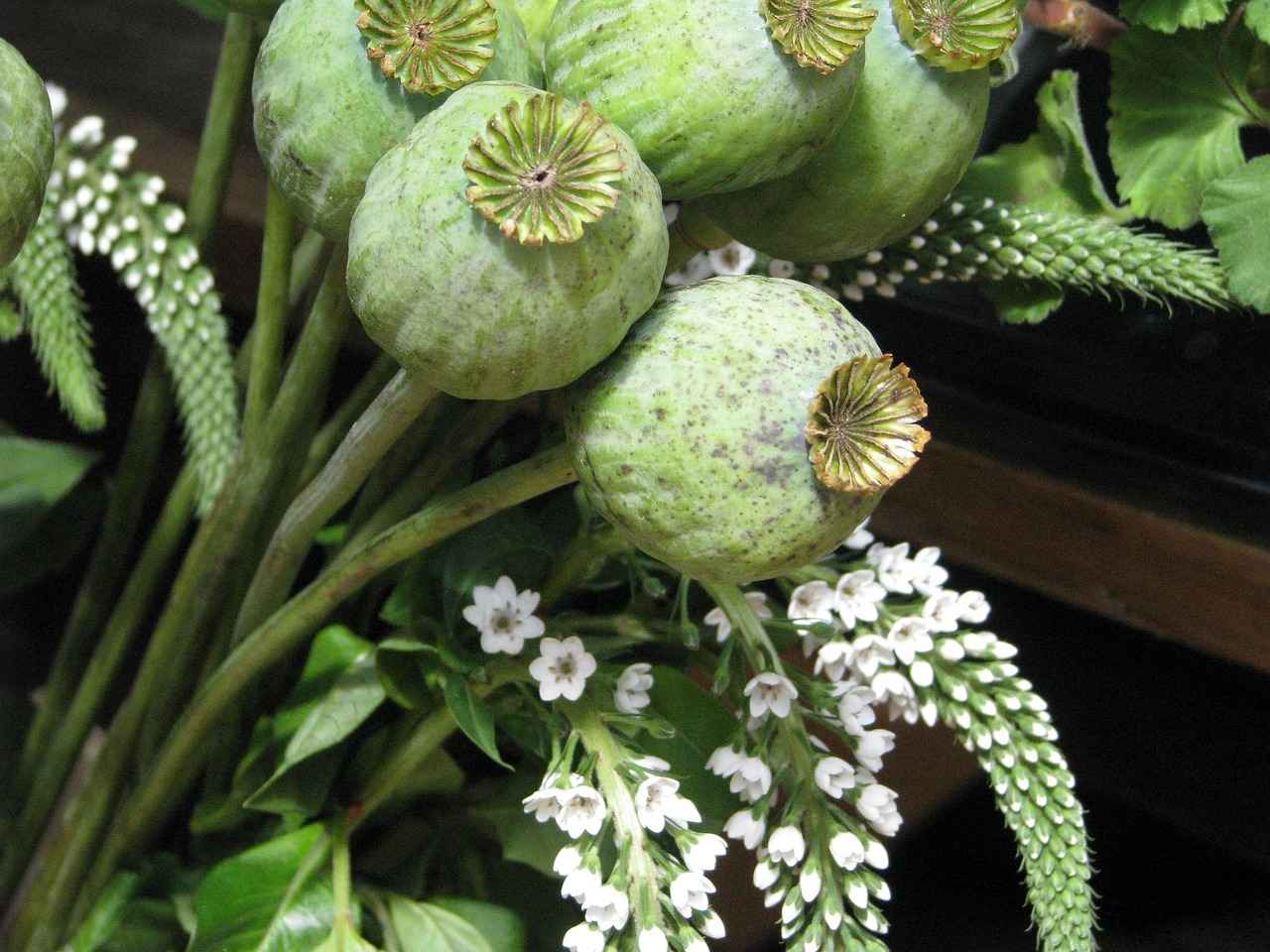
Common Mistakes When Soaking Chia Seeds
When it comes to incorporating chia seeds into your diet, soaking them is a crucial step that can enhance their nutritional benefits. However, many people make mistakes during the soaking process that can diminish these benefits. In this section, we will explore the common pitfalls and how to avoid them, ensuring you maximize the advantages of these tiny powerhouses.
- Using Too Little Water
- Soaking for Too Long
- Neglecting to Stir
- Not Rinsing Seeds Before Soaking
- Ignoring Personal Preferences
One of the most frequent mistakes is not using enough water when soaking chia seeds. Chia seeds can absorb up to 12 times their weight in water, so failing to provide adequate hydration can lead to a grainy and unpleasant texture. To achieve the best results, a common ratio is 1 part chia seeds to 4 parts water. This ensures they swell properly, creating a gel-like consistency that is easy to digest and enjoyable to eat.
On the other hand, over-soaking chia seeds can result in an excessively gelatinous texture that may not be appealing. While soaking for 30 minutes to 2 hours is generally sufficient, some individuals prefer soaking them overnight for convenience. It’s important to find a balance that works for your taste preferences while ensuring that the seeds remain palatable.
Another common oversight is not stirring the chia seeds during the soaking process. Stirring the mixture helps to prevent clumping and ensures that the seeds are evenly hydrated. This simple step can make a significant difference in the final texture of your chia seed preparation.
Some people skip rinsing their chia seeds before soaking, which can lead to a gritty texture due to residual dust or debris. Rinsing the seeds under cold water before soaking can enhance their flavor and ensure a smoother consistency in your final dish.
Lastly, it’s essential to remember that everyone has different tastes. Experimenting with soaking times and water ratios can help you discover your ideal texture and flavor. Don’t hesitate to adjust the process based on your preferences, whether you enjoy a thicker gel or a more liquid consistency.
By being mindful of these common mistakes, you can ensure that your experience with chia seeds is both enjoyable and beneficial. Proper soaking techniques not only enhance the seeds’ digestibility but also unlock their full nutritional potential, providing you with a powerhouse of health benefits.
Incorporating well-soaked chia seeds into your meals can elevate your dishes, making them more nutritious and satisfying. Whether you add them to smoothies, puddings, or baked goods, avoiding these pitfalls will help you enjoy the full spectrum of benefits that chia seeds have to offer.
Using Too Little Water
When preparing chia seeds, adequate hydration is crucial for achieving the desired texture and maximizing their health benefits. Insufficient water can lead to a range of undesirable outcomes that may affect both the culinary experience and nutritional value of chia seeds.
Chia seeds are known for their remarkable ability to absorb water, swelling up to 12 times their weight. However, when not enough water is used during the soaking process, the seeds can remain hard and gritty, resulting in a texture that is far from appealing. This can lead to a few significant issues:
- Unpleasant Mouthfeel: Insufficient hydration can make chia seeds feel crunchy rather than the desired gel-like consistency. This can detract from the overall enjoyment of dishes where they are included, such as smoothies or puddings.
- Reduced Nutritional Benefits: When chia seeds are not fully hydrated, their nutrient absorption capabilities are compromised. This means that the body may not effectively utilize the omega-3 fatty acids, fiber, and protein that these seeds offer.
- Digestive Discomfort: Consuming dry or improperly soaked chia seeds can lead to digestive issues. The seeds can absorb water in the digestive tract, potentially causing bloating or discomfort if they have not been adequately soaked beforehand.
The recommended water-to-seed ratio for soaking chia seeds is typically 3:1 (three parts water to one part chia seeds). This ensures that the seeds have enough liquid to expand properly, transforming into a gel-like substance that is both palatable and nutritious.
Identifying whether your chia seeds are under-soaked is relatively straightforward. Here are a few indicators:
- Texture: If the seeds appear hard or crunchy and have not formed a gel, they likely need more water.
- Flavor: Under-soaked seeds may taste bland or off, as they have not absorbed enough liquid to enhance their natural flavors.
- Digestive Issues: If you experience discomfort after consuming chia seeds, it may be a sign that they were not soaked properly.
If you find that your chia seeds have not soaked adequately, don’t worry! You can easily remedy the situation:
1. Add more water to the chia seeds.2. Stir well to ensure all seeds are coated.3. Allow them to soak for an additional 10-15 minutes.
This quick fix can help restore the proper texture and ensure that you reap the full benefits of these nutrient-packed seeds.
In summary, using too little water when soaking chia seeds can lead to undesirable textures and reduced health benefits. By ensuring that you follow the recommended soaking ratios and times, you can enjoy the full potential of chia seeds in your meals. Remember, proper hydration is not just about achieving the right texture; it’s also about maximizing the nutritional value and overall health benefits of these tiny, yet powerful seeds.
Soaking for Too Long
Soaking chia seeds is a common practice among health enthusiasts, but many may not realize that can lead to undesirable outcomes. Understanding the balance of soaking time is crucial for achieving the perfect texture and maximizing the nutritional benefits of these tiny powerhouses.
When chia seeds are soaked beyond the recommended time, they can become excessively gelatinous. This overly thick texture may not only be unappealing but can also alter the intended use in recipes. The seeds can absorb up to 12 times their weight in water, but if left too long, they may clump together, creating a gooey mass that is difficult to incorporate into meals.
The ideal soaking time for chia seeds generally ranges from 30 minutes to 2 hours. This timeframe allows the seeds to expand and form a gel-like consistency that enhances their digestibility while maintaining a pleasant texture. For those who prefer a less gelatinous outcome, soaking for just 30 minutes is often sufficient.
- Texture Changes: If the chia seeds feel more like a thick pudding than a gel, they may have been soaked too long.
- Loss of Flavor: Over-soaked seeds can lose their subtle nutty flavor, making them less enjoyable in recipes.
- Clumping: Excessive soaking can lead to clumps that are challenging to mix into dishes.
To ensure you achieve the perfect soak, consider the following tips:
- Set a Timer: Use a timer to keep track of your soaking time, ensuring you don’t exceed the recommended duration.
- Experiment: Start with shorter soaking times and gradually increase until you find your preferred texture.
- Check Consistency: After the initial soaking time, check the seeds. If they seem too thick, they may be ready to use.
Once you have mastered the soaking process, you can incorporate chia seeds into various dishes. Here are some creative ways to use them:
- Chia Pudding: Combine soaked chia seeds with almond milk and sweetener for a delicious pudding.
- Smoothies: Add soaked chia seeds to your smoothies for an extra boost of nutrients without altering the texture.
- Baking: Use soaked chia seeds in baked goods as a binding agent or to enhance moisture.
Mastering the art of soaking chia seeds is essential for maximizing their health benefits while ensuring a pleasant texture. By avoiding over-soaking, you can enjoy the full range of flavors and nutritional advantages these seeds offer. Remember to experiment with soaking times to discover what works best for your palate and recipes.
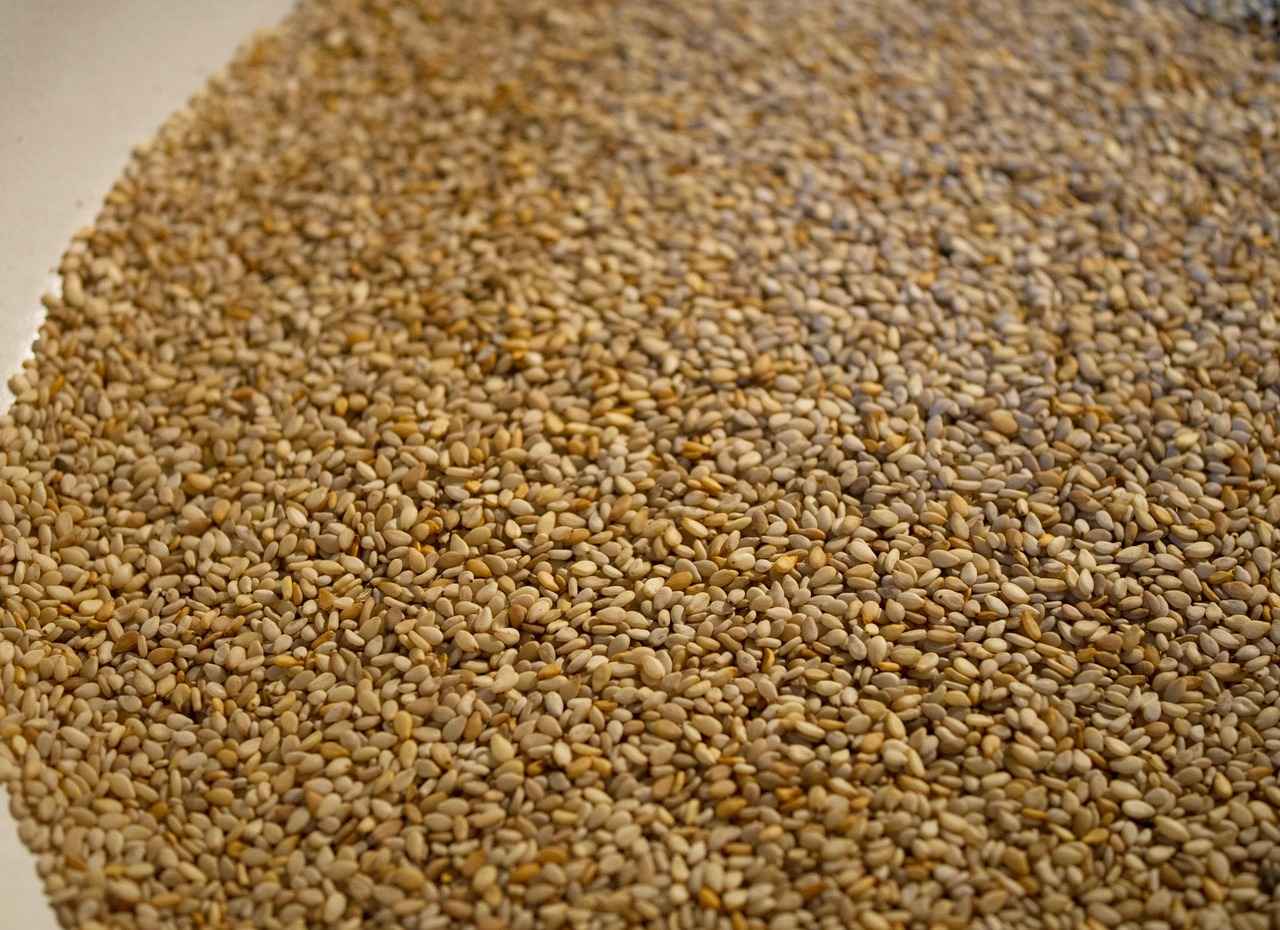
Creative Ways to Use Soaked Chia Seeds
Soaked chia seeds are a versatile ingredient that can elevate your meals in numerous ways. Their unique gel-like texture and nutritional benefits make them a fantastic addition to various dishes. Below are some creative ways to incorporate soaked chia seeds into your diet.
Adding soaked chia seeds to your smoothies and juices is an excellent way to enhance their nutritional profile. The seeds blend seamlessly, providing a boost of omega-3 fatty acids, fiber, and protein without altering the flavor. Here are some tips:
- Blend with Fruits: Combine soaked chia seeds with your favorite fruits, such as bananas, berries, or mangoes for a delicious and nutritious drink.
- Add Greens: Incorporate leafy greens like spinach or kale for an extra nutrient kick.
- Use as a Thickener: The gel-like consistency of soaked chia seeds can help thicken your smoothies, giving them a satisfying texture.
Soaked chia seeds make a fantastic topping for yogurt and oatmeal. They not only add a delightful crunch but also enhance the overall nutritional value of your meal. Here’s how to use them:
- Layering: Create a parfait by layering yogurt, soaked chia seeds, and fresh fruits for a visually appealing and nutritious breakfast.
- Mixing with Oatmeal: Stir soaked chia seeds into your oatmeal for added texture and nutrition. They can help keep you full longer.
- Add Sweeteners: Drizzle honey or maple syrup over your yogurt and chia seed mix for a touch of sweetness.
Soaked chia seeds can also be incorporated into baking recipes, providing moisture and enhancing the nutritional value of your baked goods. Consider these ideas:
- Chia Seed Bread: Add soaked chia seeds to bread dough for added fiber and a unique texture.
- Energy Bars: Use soaked chia seeds in homemade energy bars for a nutritious snack that keeps you energized throughout the day.
- Pancakes and Waffles: Incorporate soaked chia seeds into pancake or waffle batter for a healthy twist on breakfast favorites.
Soaked chia seeds can add a delightful crunch to salads and can even be used to thicken homemade dressings. Here’s how to use them:
- Salad Topper: Sprinkle soaked chia seeds over salads for added texture and nutritional benefits.
- Thickening Agent: Blend soaked chia seeds into salad dressings to create a creamy texture without the use of dairy.
- Flavor Infusion: Mix soaked chia seeds with herbs and spices to create unique flavor profiles for your salads.
Soaked chia seeds can also shine in desserts, providing a healthy alternative to traditional ingredients. Consider these creative options:
- Chia Seed Pudding: Combine soaked chia seeds with almond milk and natural sweeteners to create a delicious pudding.
- Fruit Parfaits: Layer soaked chia seeds with fruits and granola for a nutritious dessert option.
- Baking Cookies: Add soaked chia seeds to cookie dough for added texture and nutrition.
Incorporating soaked chia seeds into your meals not only enhances flavor and texture but also boosts your overall nutrition. With these creative ideas, you can easily enjoy the benefits of chia seeds in a variety of delicious ways.
In Smoothies and Juices
Incorporating soaked chia seeds into your smoothies and juices is a fantastic way to enhance their nutritional profile. These tiny seeds are rich in omega-3 fatty acids, fiber, and protein, which can contribute significantly to your daily nutrient intake. This section will explore how to blend soaked chia seeds seamlessly into your favorite beverages and provide tips for maximizing their benefits.
Soaked chia seeds not only boost the nutritional value of your drinks but also improve their texture. When soaked, chia seeds absorb water and form a gel-like consistency, making them easier to blend into smoothies without clumping. This transformation allows for a smoother texture and a more enjoyable drinking experience.
- Soak the Seeds: Start by soaking chia seeds in water or your favorite plant-based milk. A good ratio is 1 part chia seeds to 6 parts liquid. Allow them to soak for at least 30 minutes or until they form a gel.
- Blend with Other Ingredients: Once the chia seeds are soaked, add them to your blender along with fruits, vegetables, and other ingredients. This ensures they blend seamlessly into the mixture.
- Adjust Consistency: If your smoothie is too thick, feel free to add more liquid until you reach your desired consistency.
Experimenting with different flavor combinations can make your smoothies even more enjoyable. Here are some ideas:
- Berry Blast: Combine soaked chia seeds with strawberries, blueberries, and a splash of almond milk for a refreshing treat.
- Green Goodness: Blend soaked chia seeds with spinach, banana, and coconut water for a nutrient-packed green smoothie.
- Chocolate Delight: Mix soaked chia seeds with cocoa powder, banana, and oat milk for a delicious, chocolatey drink.
To ensure your chia seeds blend smoothly into your drinks, consider the following tips:
- Use a High-Powered Blender: A high-speed blender will ensure that the chia seeds are finely blended, avoiding any gritty texture.
- Blend in Stages: If you’re using a lot of ingredients, blend them in stages. Start with your liquid and greens, then add the soaked chia seeds and blend again.
- Incorporate Other Superfoods: For an extra nutritional boost, consider adding other superfoods like spirulina, maca powder, or protein powder.
If you prepare a large batch of soaked chia seeds, store them in an airtight container in the refrigerator. They can last for up to a week, making it convenient to add them to your smoothies throughout the week.
By incorporating soaked chia seeds into your smoothies and juices, you can enhance their nutritional value and enjoy a delicious, healthy drink. With the right preparation and blending techniques, you can create a variety of flavorful combinations that cater to your taste preferences.
As a Topping for Yogurt and Oatmeal
When it comes to enhancing your breakfast, soaked chia seeds stand out as a nutritious and versatile addition. Not only do they offer a delightful texture, but they also pack a punch of health benefits that can transform ordinary yogurt and oatmeal into a superfood meal. In this section, we will explore how to incorporate soaked chia seeds into your breakfast routine and why they are a fantastic choice for topping your favorite dishes.
Soaked chia seeds are not just a trendy topping; they are a powerhouse of nutrients. Rich in omega-3 fatty acids, fiber, and protein, these tiny seeds can help keep you feeling full and satisfied throughout the morning. By soaking them, you enhance their digestibility, allowing for better nutrient absorption in your body.
Preparing soaked chia seeds is simple and requires minimal effort:
- Ratio: Use a ratio of 1 part chia seeds to 4 parts water (e.g., 1 tablespoon of chia seeds to 4 tablespoons of water).
- Mix: Stir the chia seeds into the water until they are evenly distributed.
- Soak: Allow the mixture to sit for at least 30 minutes, or overnight for a creamier texture.
After soaking, the seeds will absorb the water and form a gel-like consistency, making them perfect for mixing into yogurt or oatmeal.
Now that you have your soaked chia seeds ready, here are some creative ways to use them:
Adding soaked chia seeds to yogurt not only enhances the texture but also boosts its nutritional profile. Simply mix a tablespoon of soaked chia seeds into your favorite yogurt. You can further elevate the dish by adding fresh fruits, nuts, or a drizzle of honey for sweetness.
Soaked chia seeds can transform your oatmeal into a nutrient-rich meal. Stir in a tablespoon of soaked seeds into your cooked oatmeal, and enjoy the added creaminess. Top with sliced bananas, berries, or a sprinkle of cinnamon for an extra flavor boost.
For a refreshing breakfast, blend soaked chia seeds into your smoothie bowl. They add thickness and a unique texture, making your smoothie bowl even more satisfying. Top with granola, coconut flakes, and sliced fruits for a colorful presentation.
The health benefits of incorporating soaked chia seeds into your breakfast are numerous:
- Improved Digestion: The soluble fiber in chia seeds aids in digestion and helps maintain gut health.
- Increased Hydration: Chia seeds can absorb up to 12 times their weight in water, promoting hydration.
- Weight Management: The high fiber content can help you feel fuller for longer, assisting in weight control.
Incorporating soaked chia seeds into your breakfast routine is an easy and effective way to enhance your meals. Whether you are topping your yogurt or enriching your oatmeal, these tiny seeds offer a wealth of nutrients and health benefits. With their versatility and ease of preparation, soaked chia seeds can help you start your day on a healthy note.
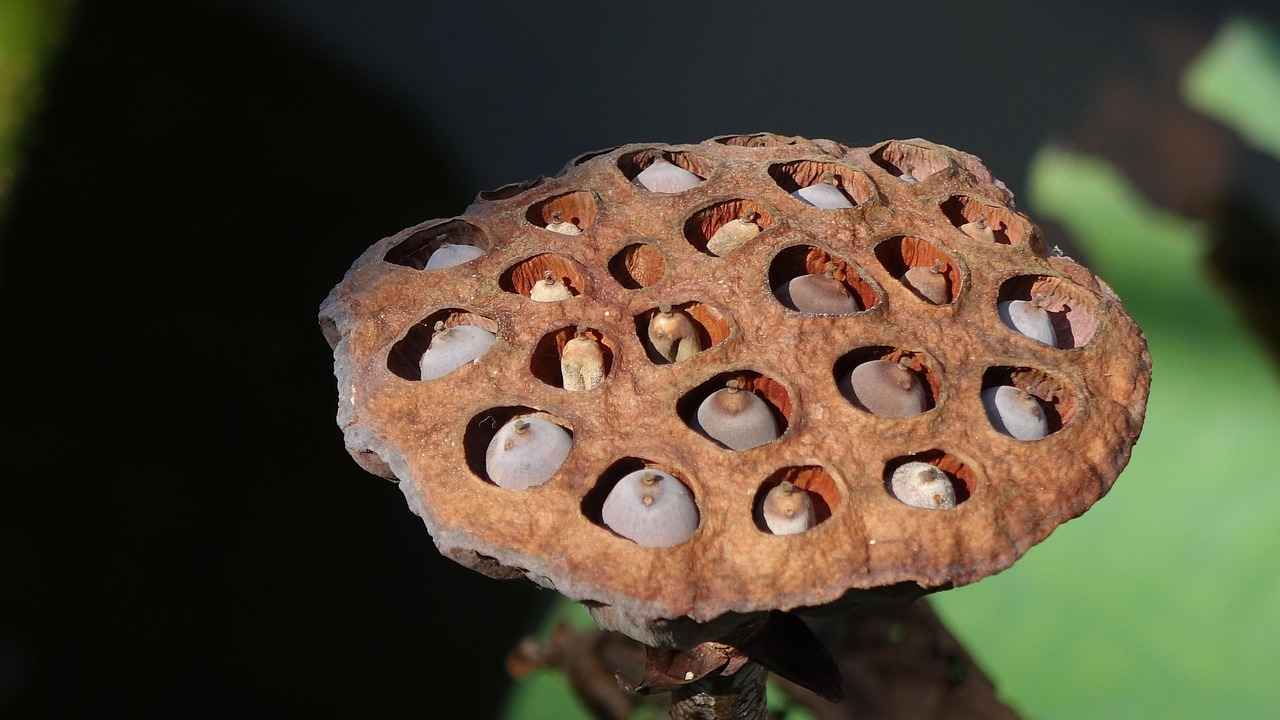
Are There Any Risks or Side Effects?
Chia seeds are celebrated for their numerous health benefits, but like any food, they are not without potential risks. Understanding these risks can help you enjoy chia seeds safely and effectively. Below, we explore the possible side effects associated with chia seeds and provide tips on how to avoid them.
While chia seeds are a great source of dietary fiber, consuming them in excessive amounts may lead to digestive discomfort. Some individuals may experience bloating, gas, or even constipation if they are not accustomed to high-fiber foods. To mitigate these effects, it is advisable to gradually introduce chia seeds into your diet. Start with small servings, such as one tablespoon, and increase as your body adjusts.
Although rare, allergic reactions to chia seeds can occur. Symptoms may include itching, swelling, or difficulty breathing. If you experience any of these symptoms after consuming chia seeds, it is crucial to seek medical attention immediately. If you have a history of allergies to similar seeds, such as flaxseeds or sesame seeds, consult with a healthcare professional before adding chia seeds to your diet.
Chia seeds are known to have blood-thinning properties due to their high omega-3 fatty acid content. Consequently, they may interact with certain medications, particularly anticoagulants or anti-platelet drugs. If you are on medication for blood thinning, it is essential to discuss with your doctor whether chia seeds are suitable for you.
Chia seeds contain antinutrients, such as phytic acid, which can bind to minerals and reduce their absorption in the body. This can be a concern if chia seeds form a significant part of your diet. To enhance nutrient availability, consider soaking chia seeds before consumption, as this can help reduce the levels of antinutrients.
- Start Small: Introduce chia seeds gradually into your diet.
- Stay Hydrated: Always consume chia seeds with plenty of water to aid digestion.
- Consult a Professional: If you have existing health conditions or concerns, consult a healthcare provider before making significant dietary changes.
While chia seeds offer numerous health benefits, being aware of the potential risks is essential for safe consumption. By understanding these side effects and following proper guidelines, you can enjoy the nutritional advantages of chia seeds while minimizing any adverse reactions. Remember, moderation is key, and listening to your body will help you make informed dietary choices.
Digestive Issues
Chia seeds have gained immense popularity due to their numerous health benefits, particularly their high content of omega-3 fatty acids, fiber, and protein. However, some individuals may encounter digestive discomfort when consuming these tiny seeds. Understanding the reasons behind these issues and how to mitigate them is crucial for enjoying the full benefits of chia seeds.
Digestive issues related to chia seeds often stem from their high fiber content. When consumed in large quantities, fiber can lead to bloating, gas, or even constipation, especially if your body is not accustomed to a high-fiber diet. Additionally, the seeds can absorb a significant amount of water, which may result in discomfort if not adequately hydrated.
- Start Slowly: If you are new to chia seeds, begin with a small amount (about 1 teaspoon) and gradually increase your intake over time. This allows your digestive system to adjust to the added fiber.
- Hydrate: Always ensure that chia seeds are properly soaked before consumption. A common recommendation is to use a ratio of 1:10 (one part seeds to ten parts water) to facilitate hydration and reduce the risk of discomfort.
- Combine with Other Foods: Mixing chia seeds into smoothies, yogurt, or oatmeal can help buffer the fiber intake and aid digestion. The additional moisture from these foods can also assist in preventing constipation.
- Monitor Your Body’s Response: Pay attention to how your body reacts after consuming chia seeds. If you notice persistent discomfort, consider reducing the amount or frequency of your intake.
While most people can safely enjoy chia seeds, some may experience more severe digestive issues. If you encounter symptoms such as persistent abdominal pain, severe bloating, or changes in bowel habits, it is advisable to consult with a healthcare professional. They can help determine if chia seeds are suitable for you or if an underlying issue may be contributing to your discomfort.
If you find that chia seeds consistently cause digestive discomfort, consider exploring other sources of omega-3 fatty acids and fiber. Options such as flaxseeds, hemp seeds, or even leafy greens can provide similar health benefits without the same potential for digestive issues.
By understanding the potential digestive issues associated with chia seeds and implementing the suggested practices, you can enjoy the many health benefits these seeds offer while minimizing discomfort. Remember, moderation and proper preparation are key to incorporating chia seeds into your diet successfully.
Allergic Reactions
Chia seeds have gained immense popularity due to their numerous health benefits, but it’s essential to be aware that, though rare, allergic reactions can occur. Understanding these potential reactions can help you stay informed and safe while enjoying the nutritional advantages of chia seeds.
Allergic reactions to chia seeds may manifest in various ways. The most common symptoms include:
- Skin Reactions: Hives, itching, or rashes can appear shortly after consumption.
- Gastrointestinal Issues: Symptoms like nausea, vomiting, or diarrhea may occur.
- Respiratory Problems: Some individuals may experience difficulty breathing, wheezing, or nasal congestion.
- Anaphylaxis: In severe cases, an allergic reaction can lead to anaphylaxis, a life-threatening condition requiring immediate medical attention.
While chia seed allergies are uncommon, certain individuals may be more susceptible. People with a history of allergies to other seeds, such as flaxseed or sesame, may have a higher risk. Additionally, those with existing food allergies or sensitivities should exercise caution when introducing chia seeds into their diet.
If you suspect an allergy to chia seeds, it is crucial to monitor your symptoms closely. Seek medical advice if you experience:
- Severe or persistent symptoms that do not improve.
- Any signs of anaphylaxis, such as swelling of the throat or difficulty breathing.
- Symptoms that worsen after each exposure to chia seeds.
If you have confirmed or suspected allergies to chia seeds, the best course of action is to avoid them entirely. Always read food labels carefully, as chia seeds can be present in various products, including health bars and smoothies. Additionally, consult with an allergist for personalized advice and possible allergy testing.
For those with chia seed allergies, there are numerous other seeds that can provide similar health benefits. Flaxseeds, pumpkin seeds, and hemp seeds are excellent alternatives that offer rich nutritional profiles without the risk of chia-related allergies.
In conclusion, while chia seeds can be a nutritious addition to your diet, it’s vital to be aware of the potential for allergic reactions. By recognizing the symptoms and understanding when to seek medical advice, you can safely enjoy the benefits of other seeds and maintain a balanced diet.
Frequently Asked Questions
- How long should I soak chia seeds?
The ideal soaking time for chia seeds is typically between 30 minutes to 2 hours. This allows them to absorb water and develop a gel-like consistency, enhancing their digestibility and versatility in recipes.
- What is the best water-to-chia seed ratio?
A recommended ratio is about 1 part chia seeds to 6 parts water. This ensures that the seeds have enough liquid to expand properly and achieve the desired texture.
- Can I soak chia seeds overnight?
Yes, soaking chia seeds overnight is perfectly fine! It can actually make them even more convenient for quick breakfast options or smoothies the next day.
- Are there any side effects of consuming soaked chia seeds?
While generally safe, some people may experience digestive discomfort if they consume too many chia seeds at once. It’s best to start with a small amount and increase gradually.
- How can I use soaked chia seeds in my meals?
Soaked chia seeds are incredibly versatile! You can add them to smoothies, use them as a topping for yogurt or oatmeal, or even incorporate them into baked goods for added nutrition.
